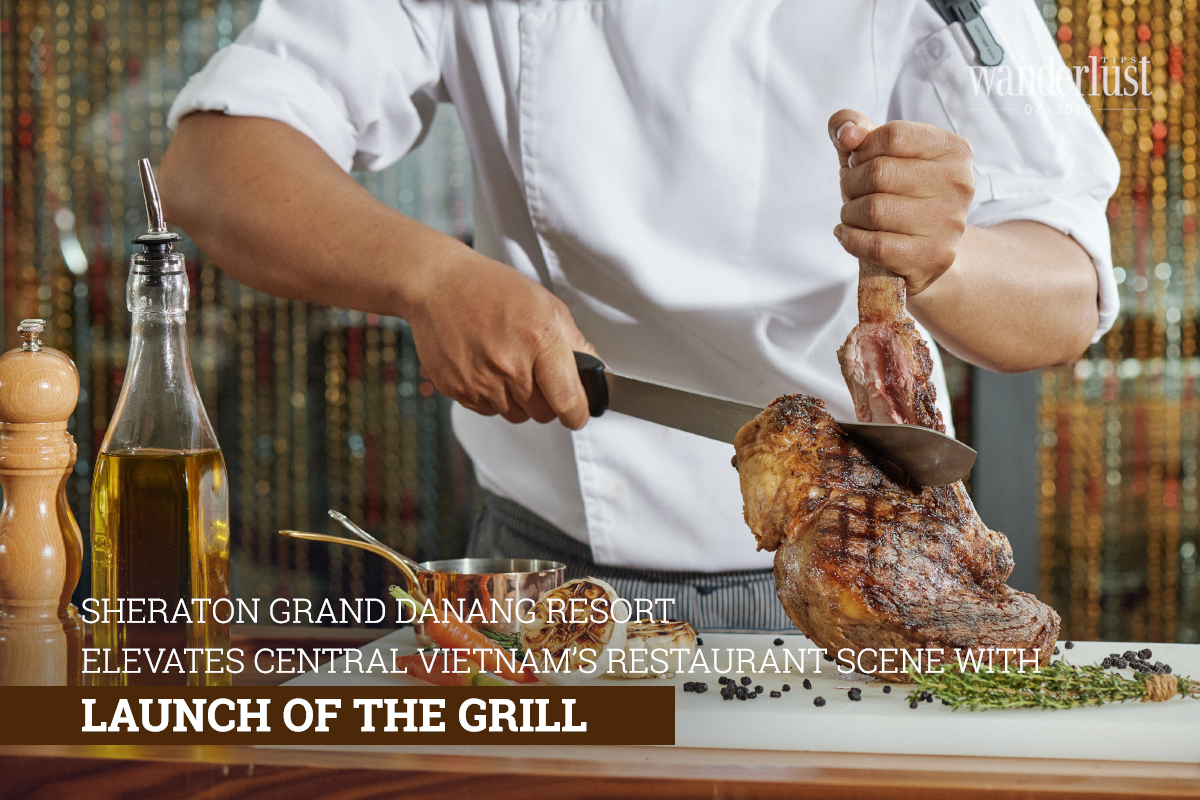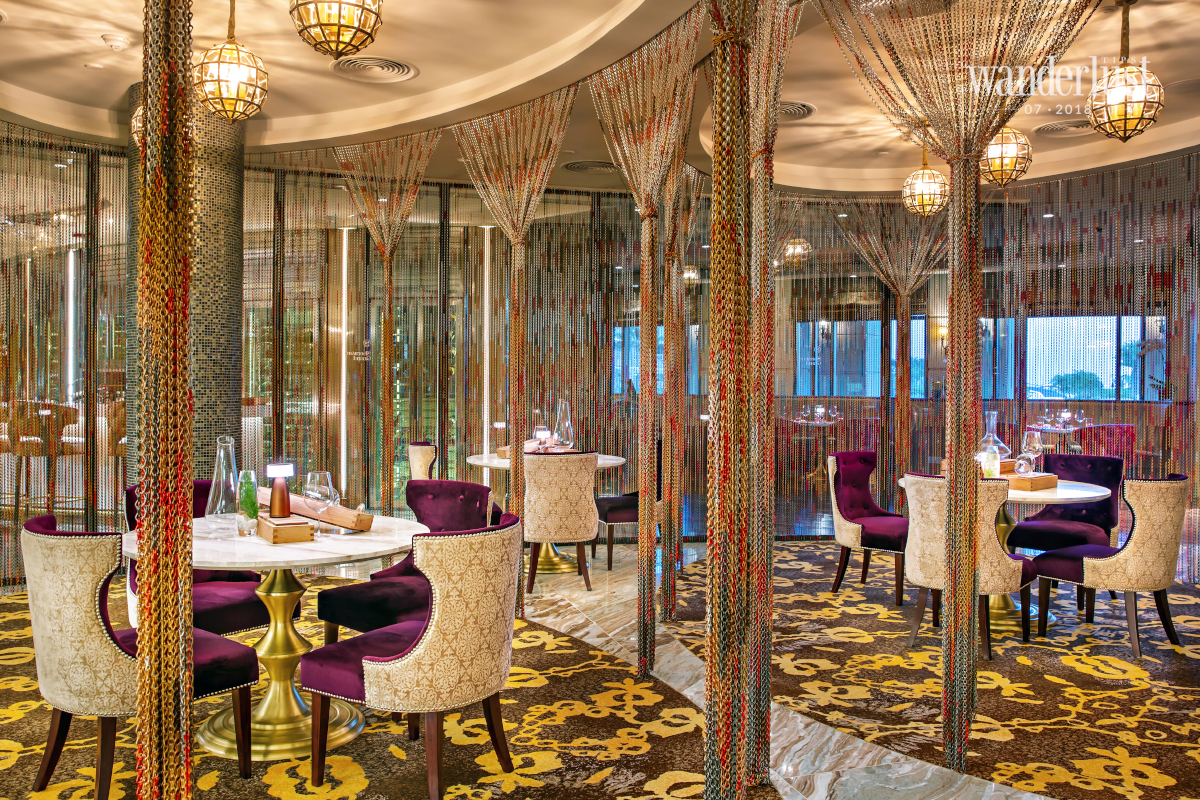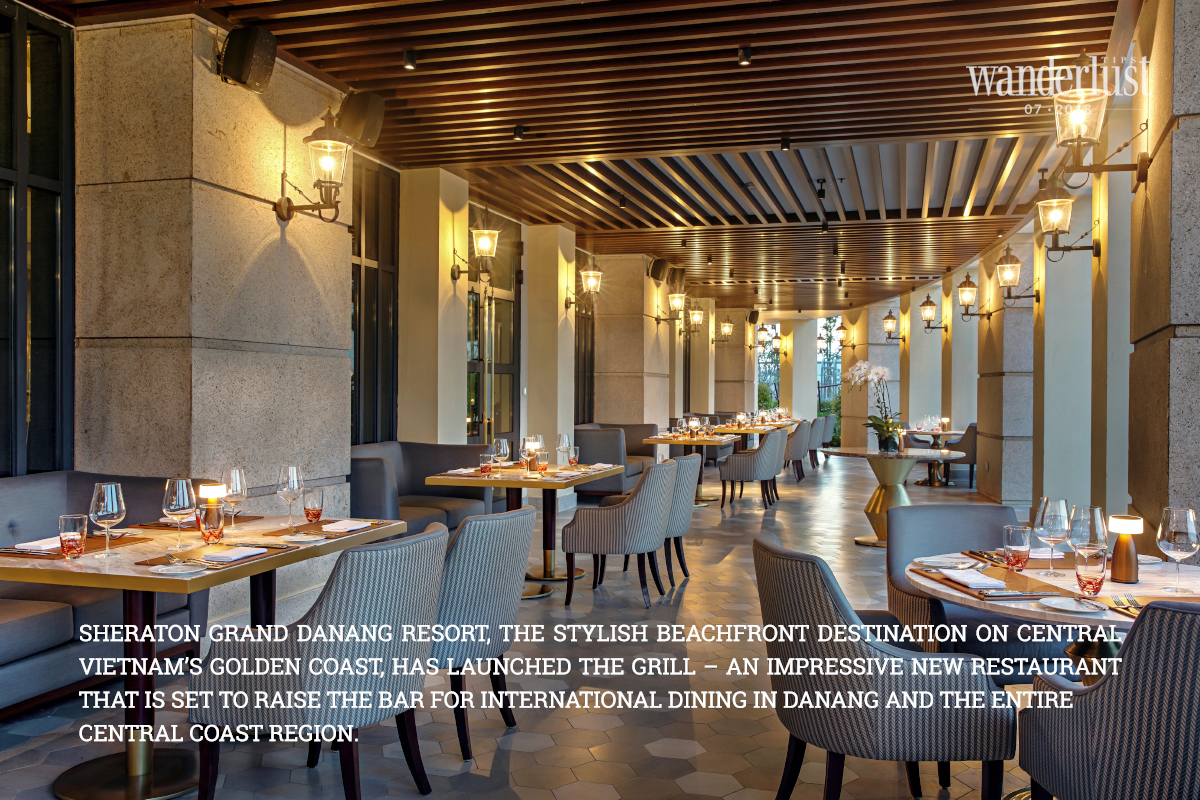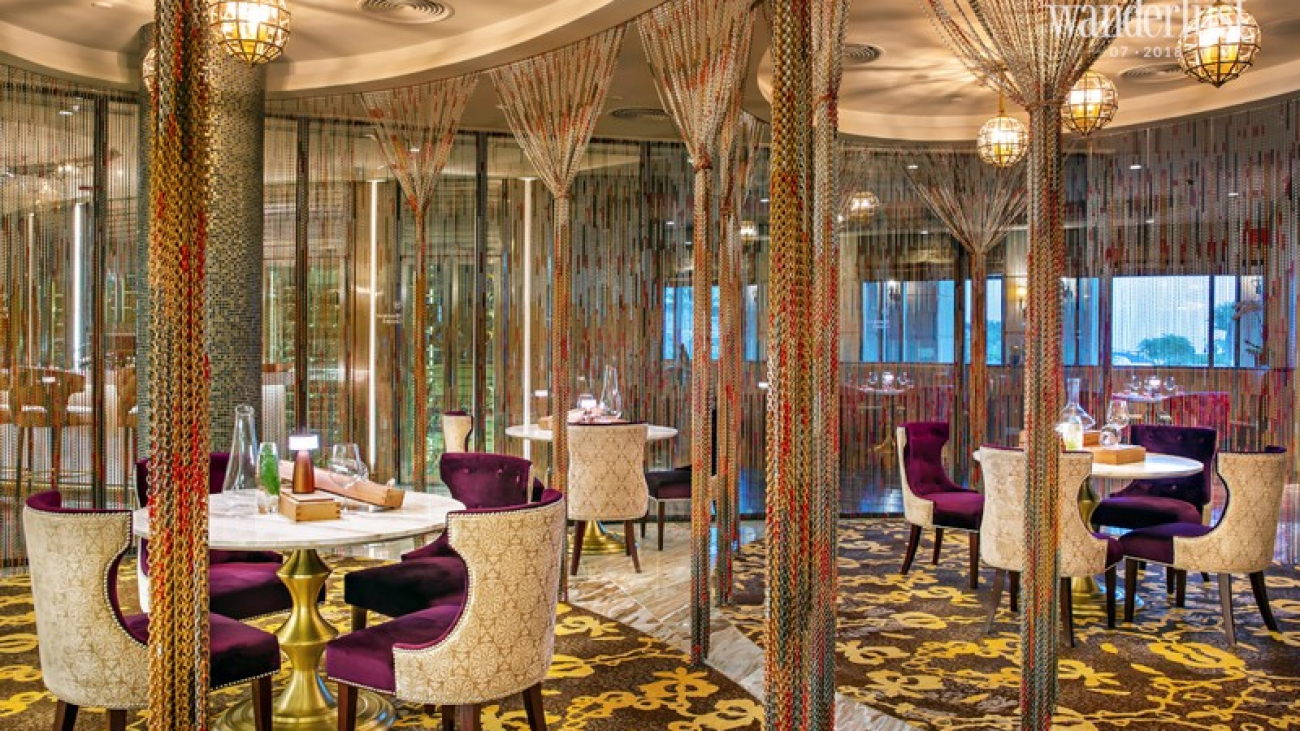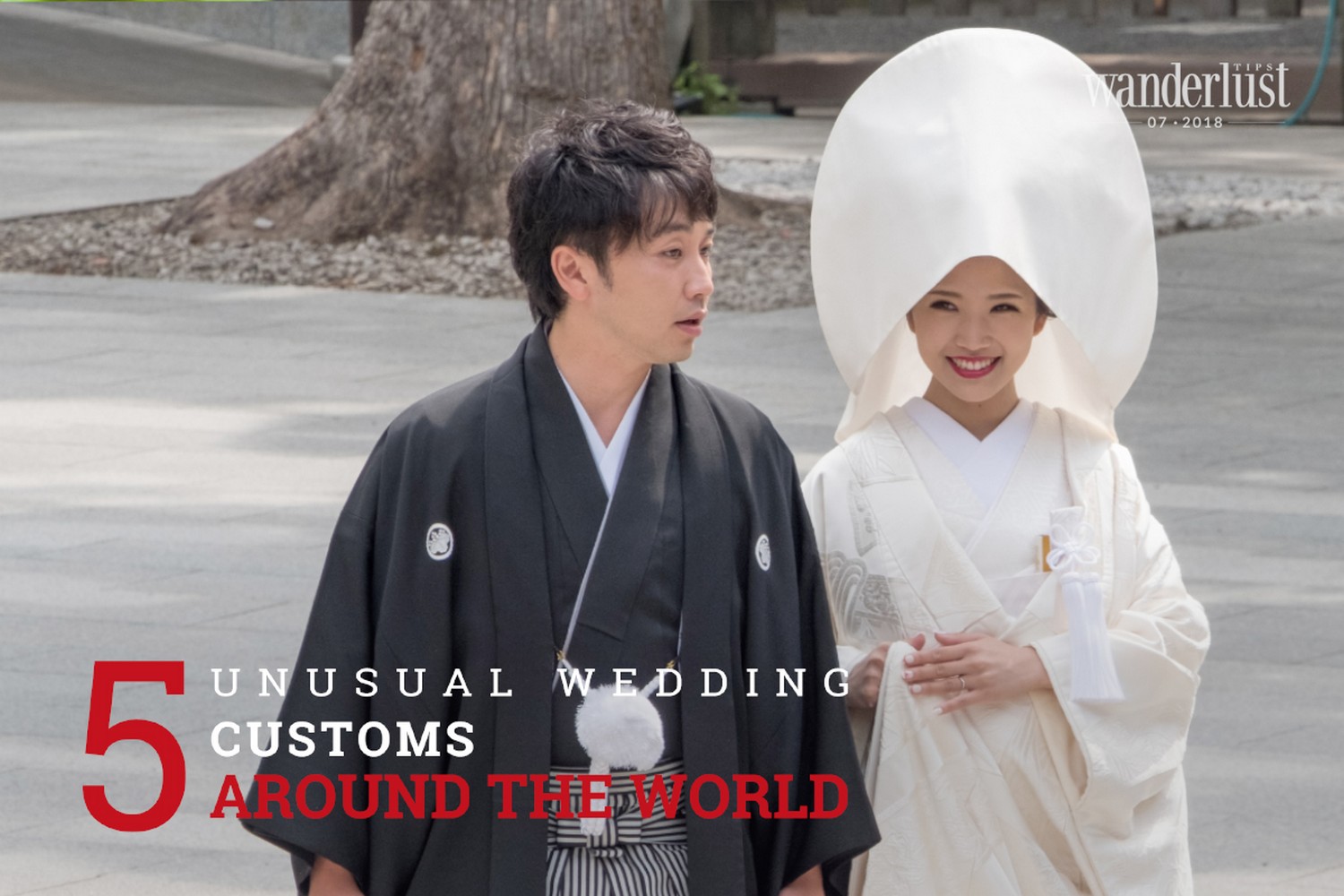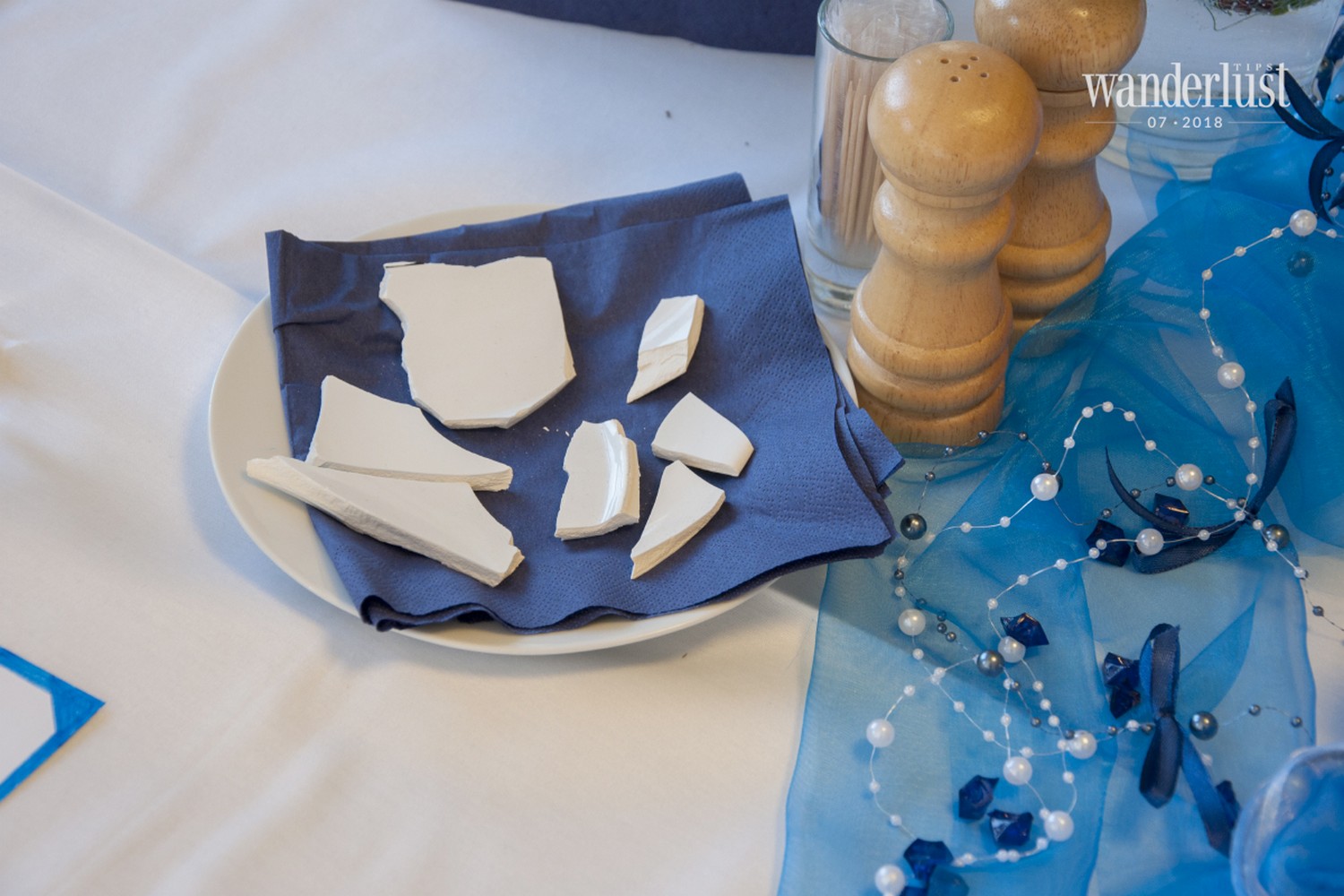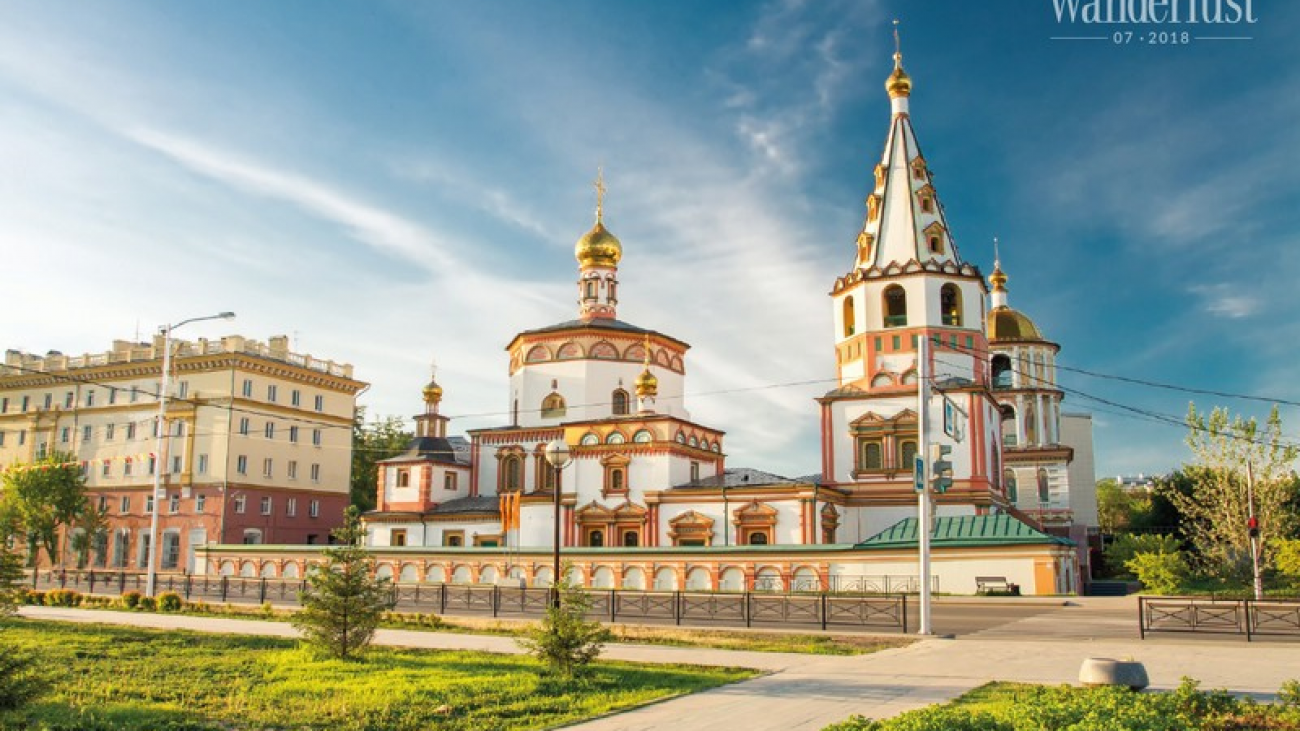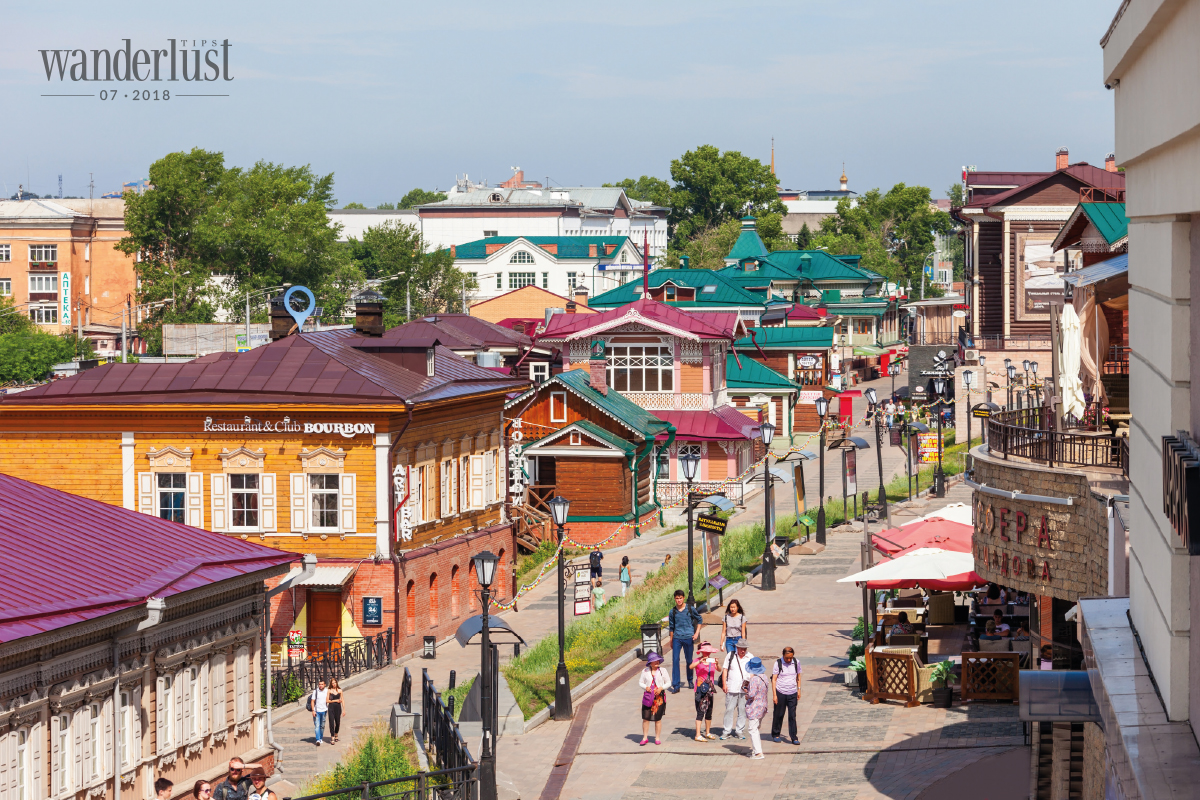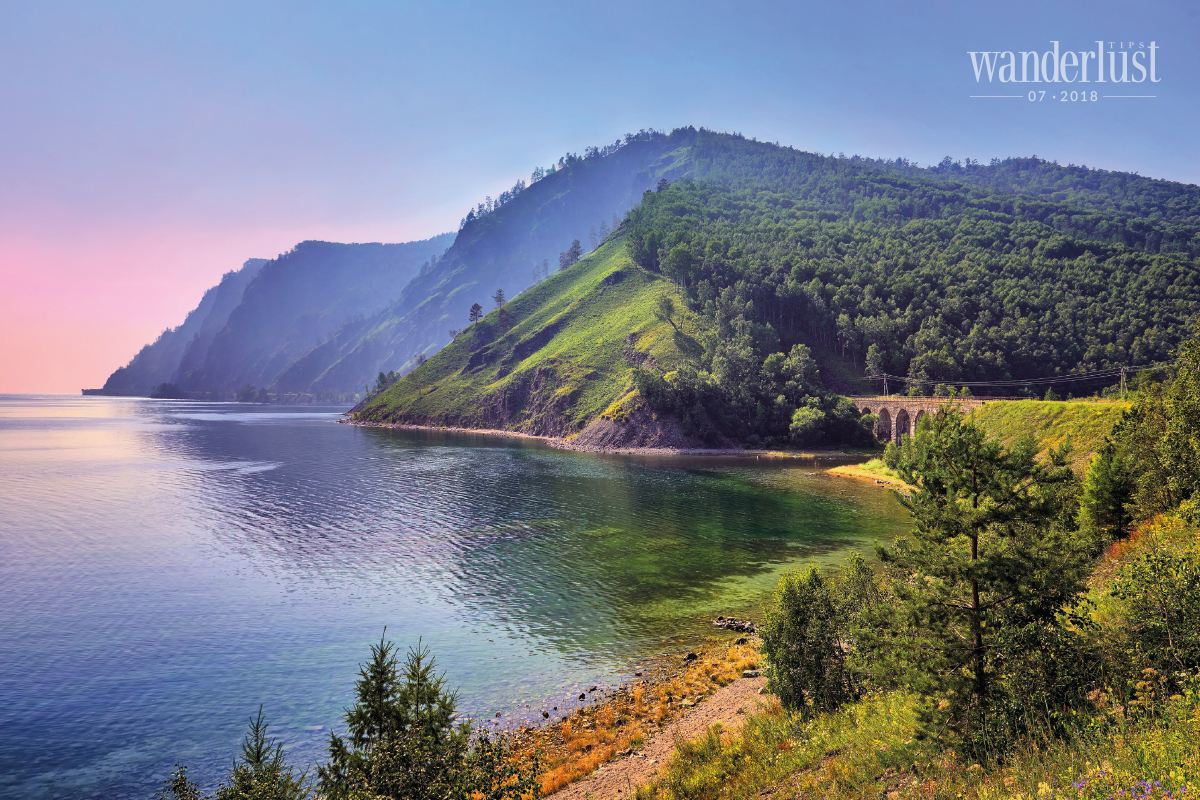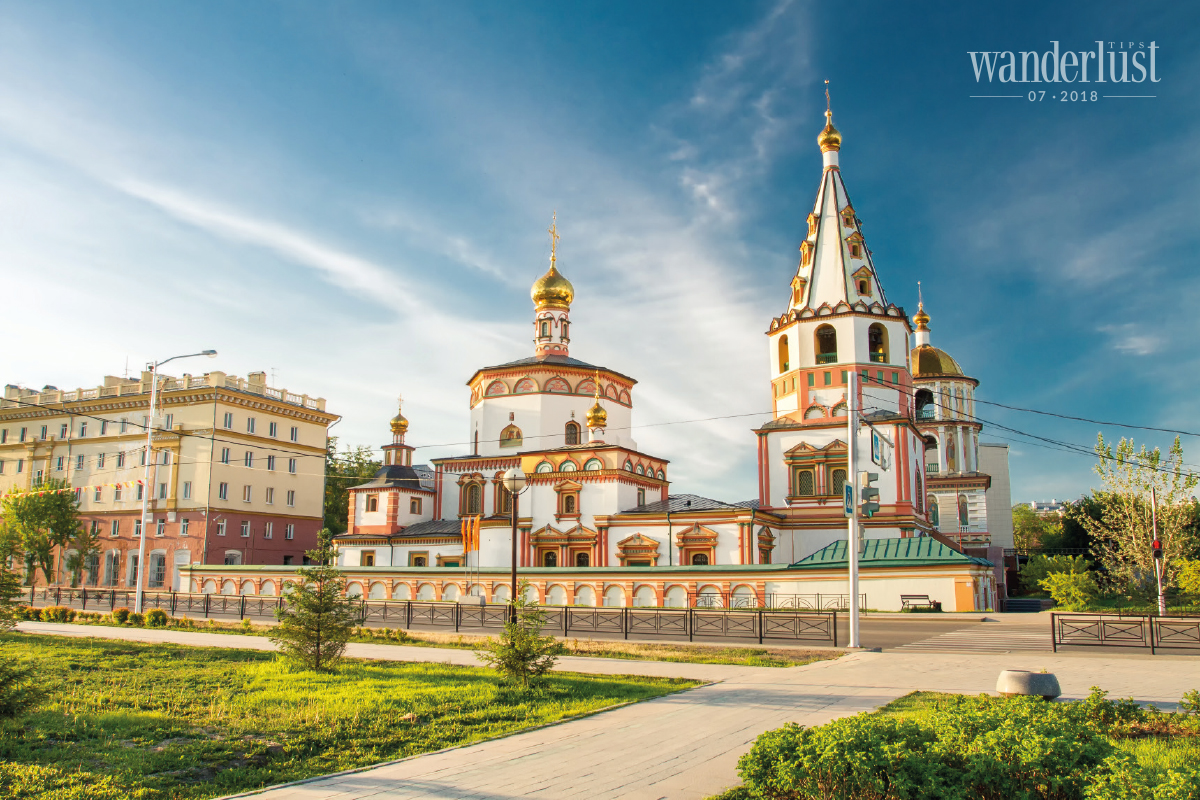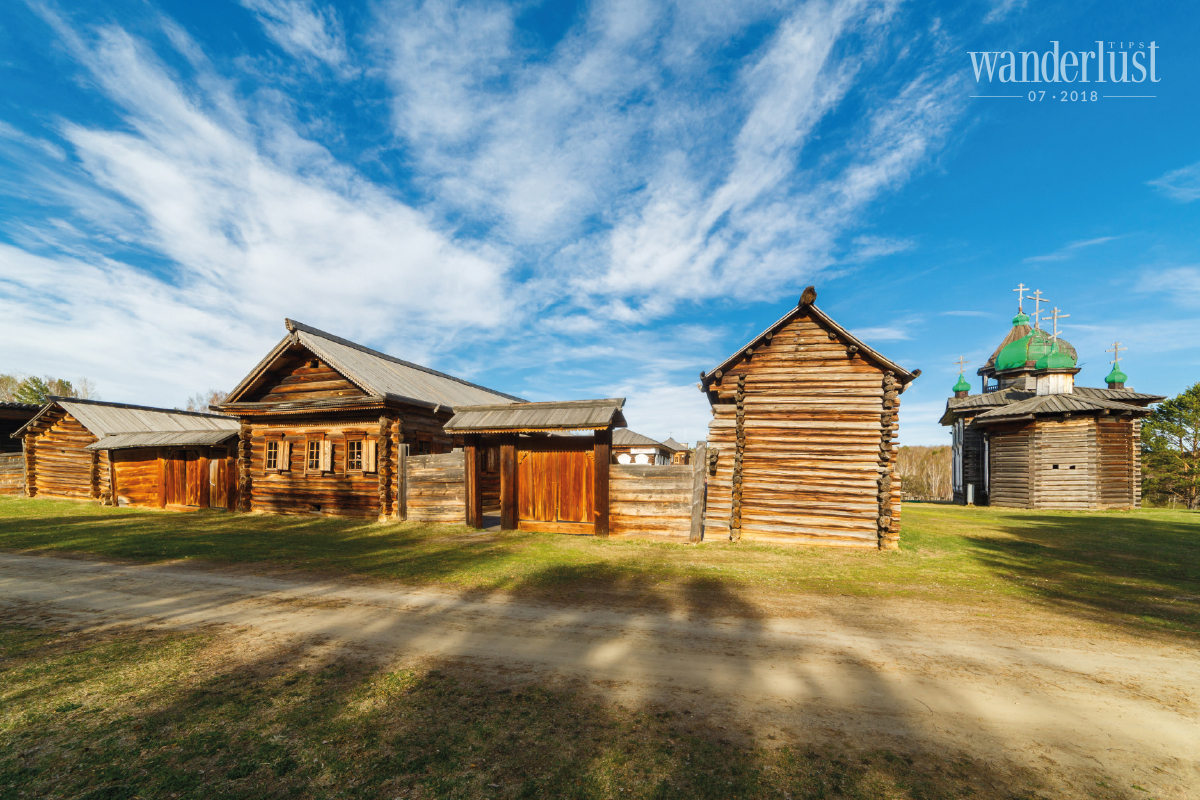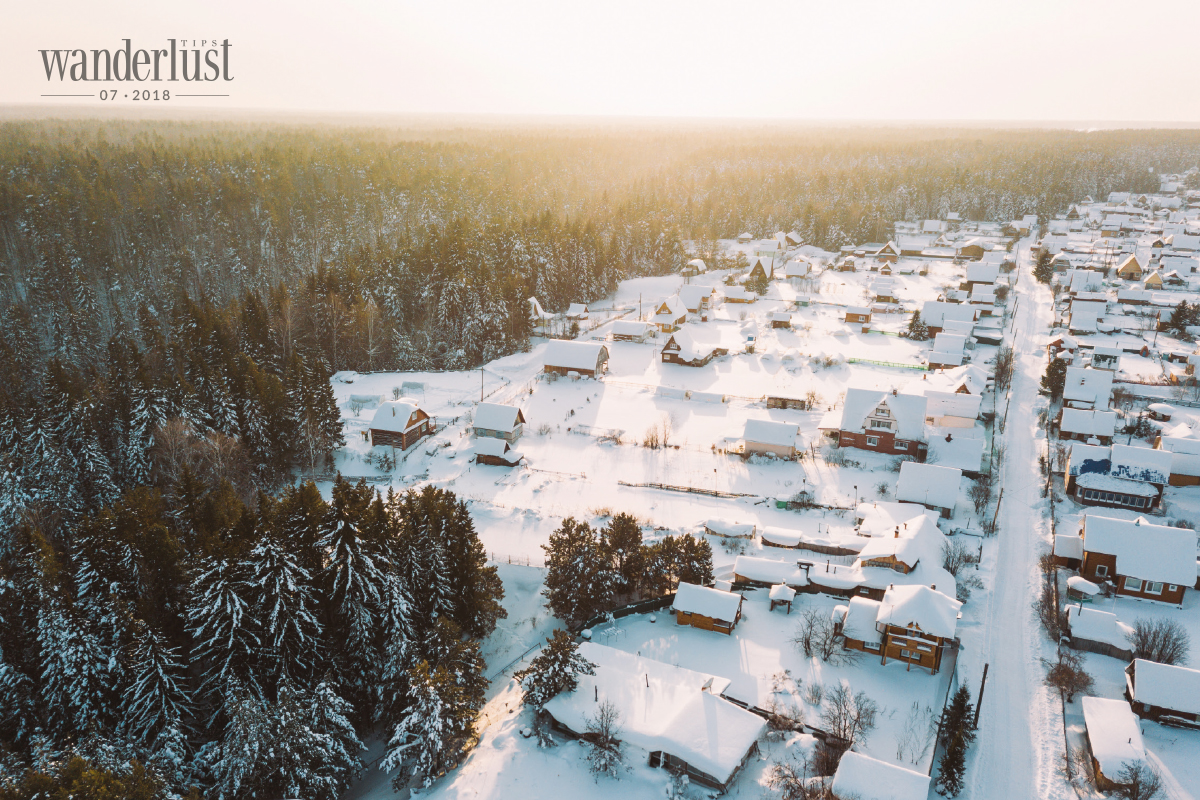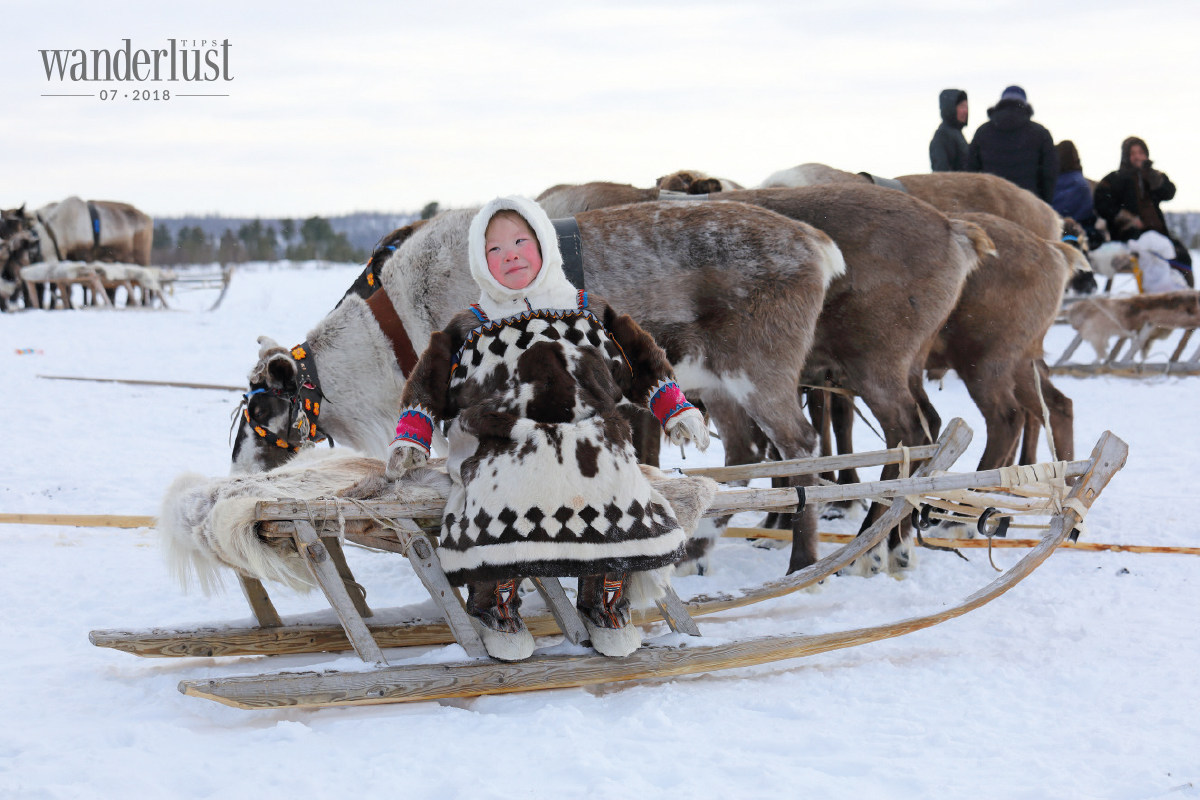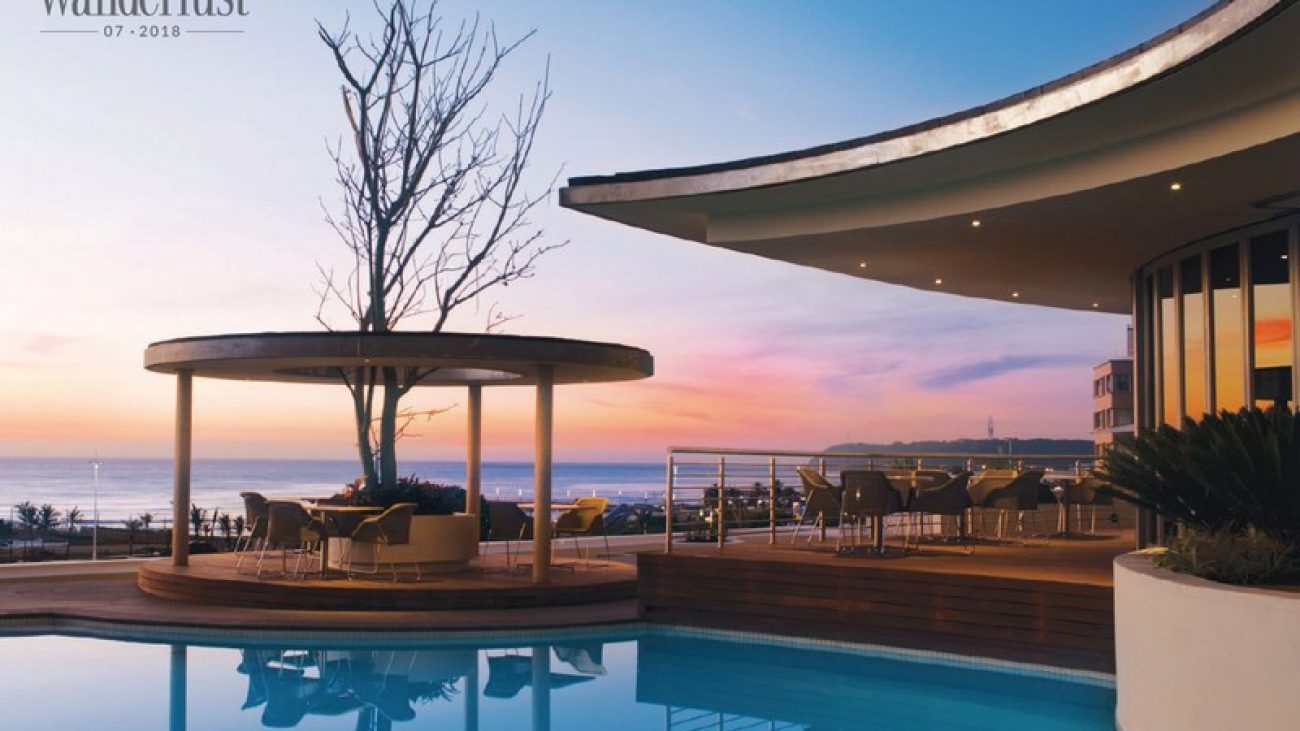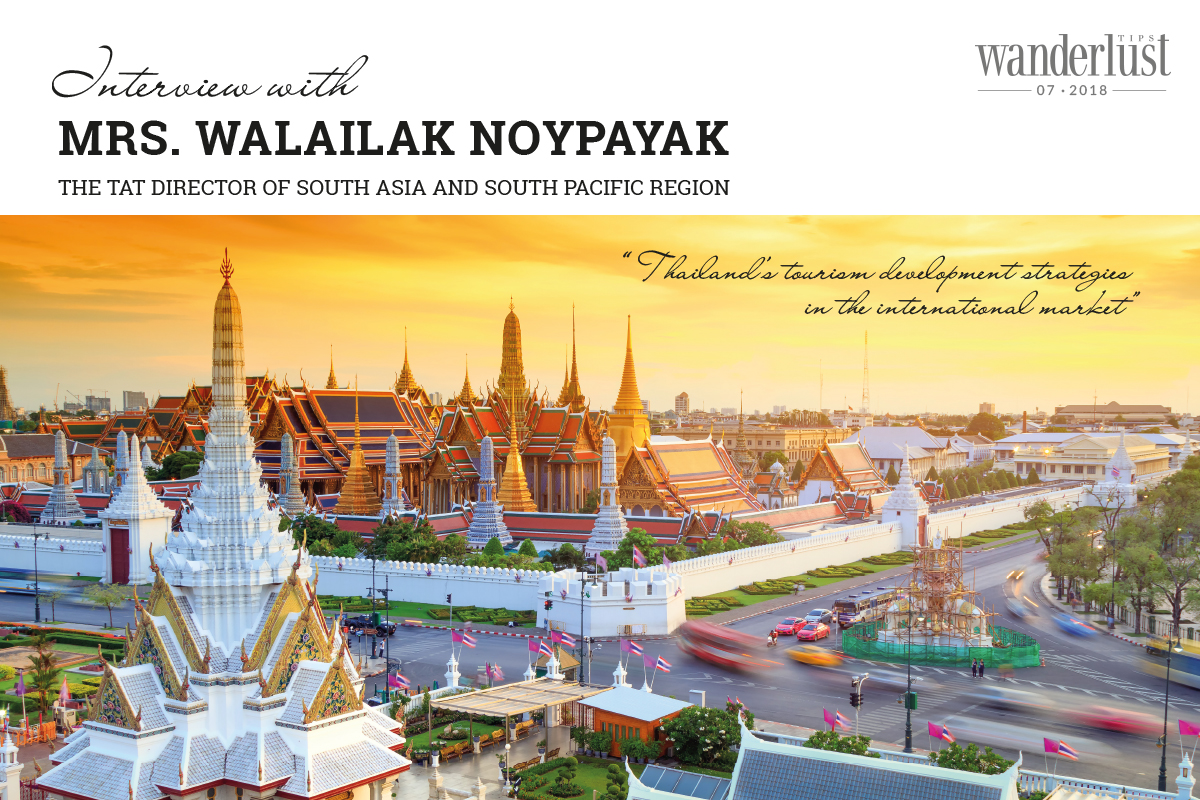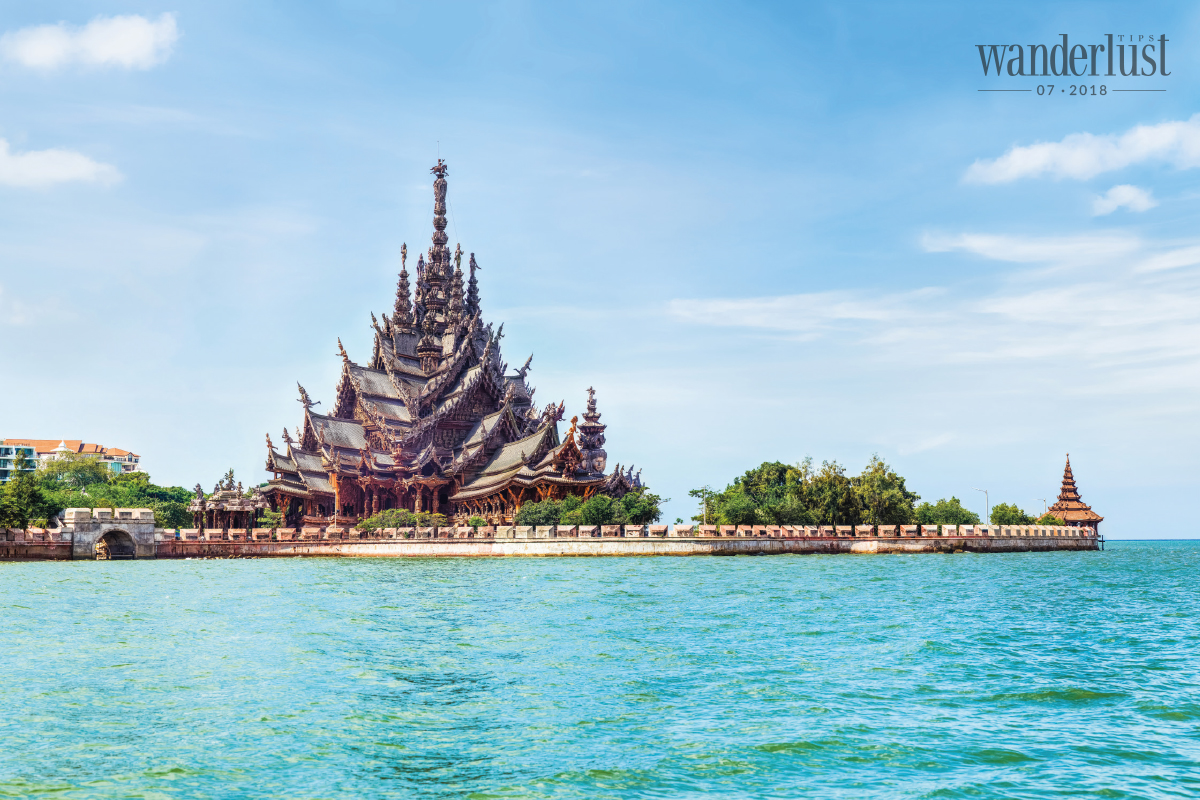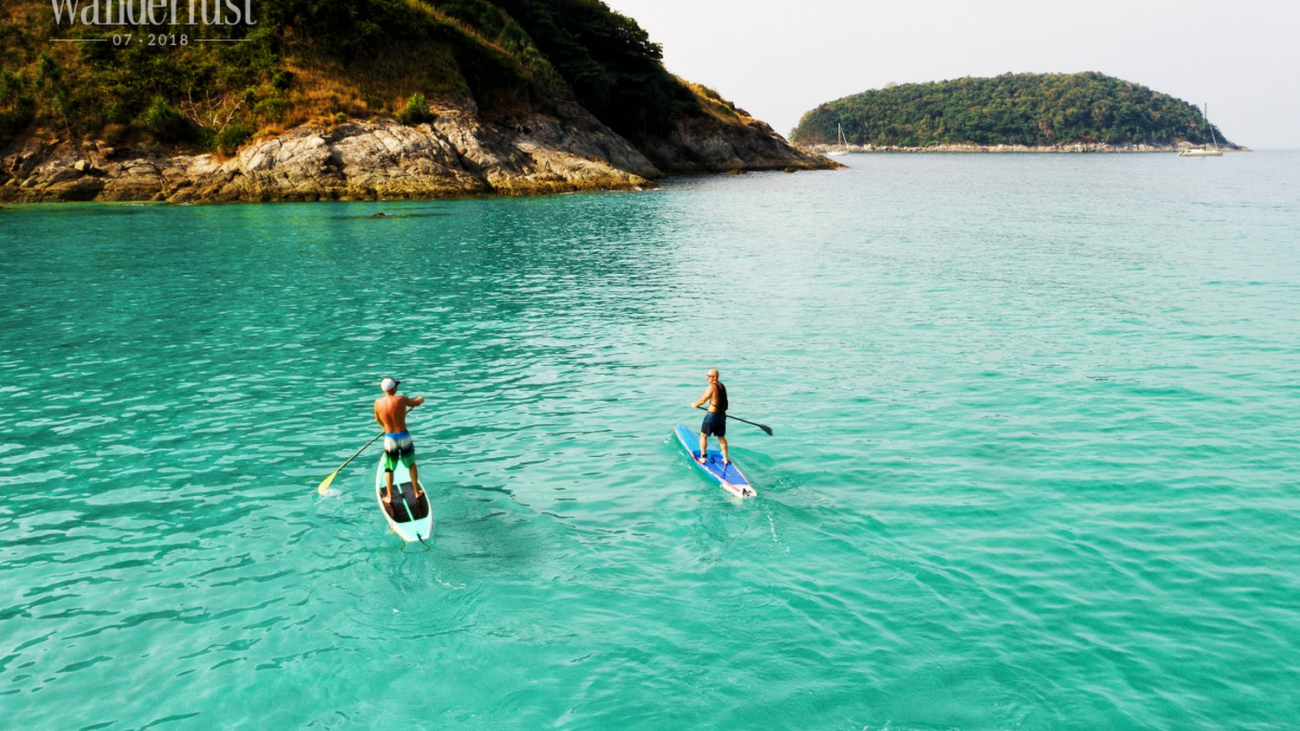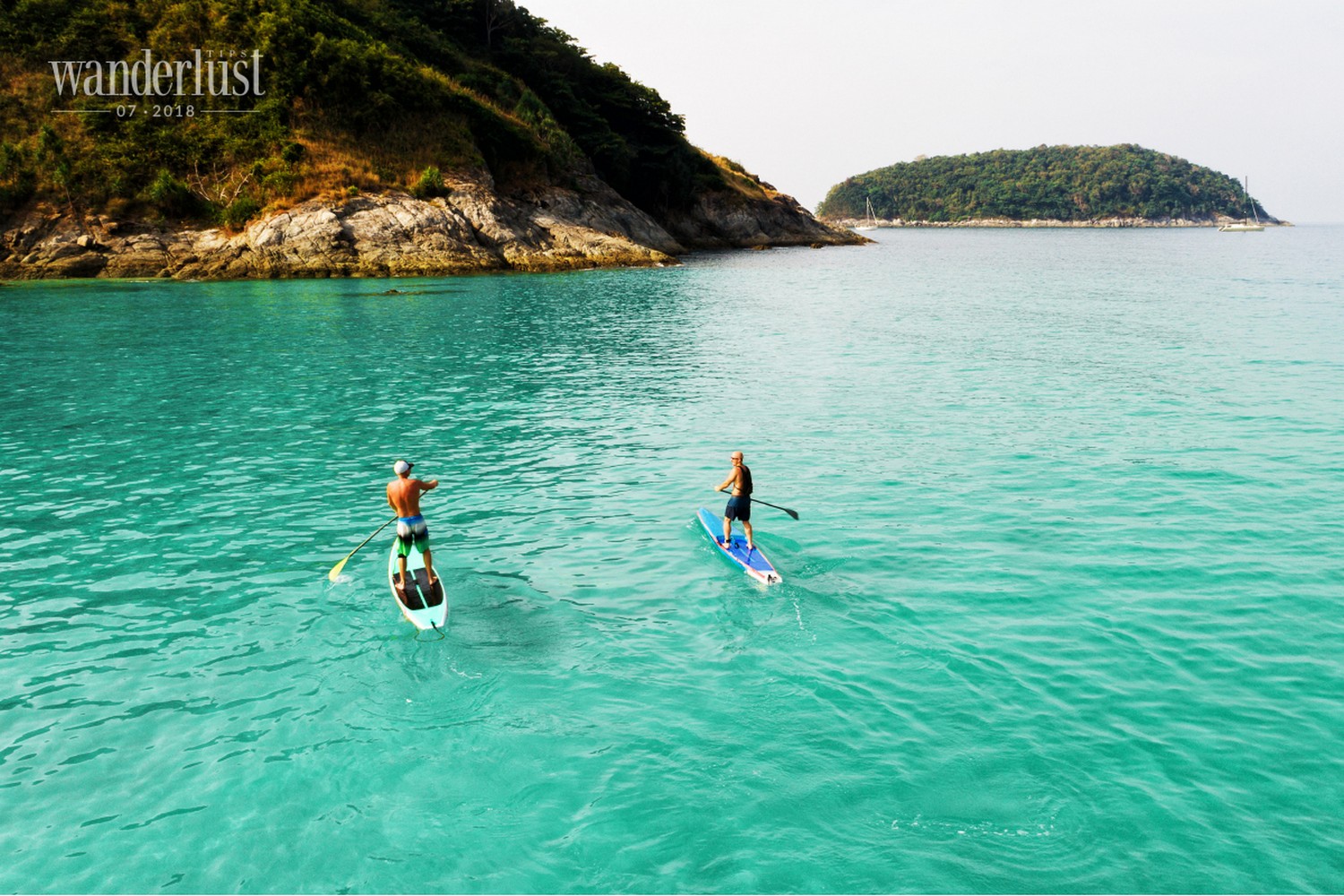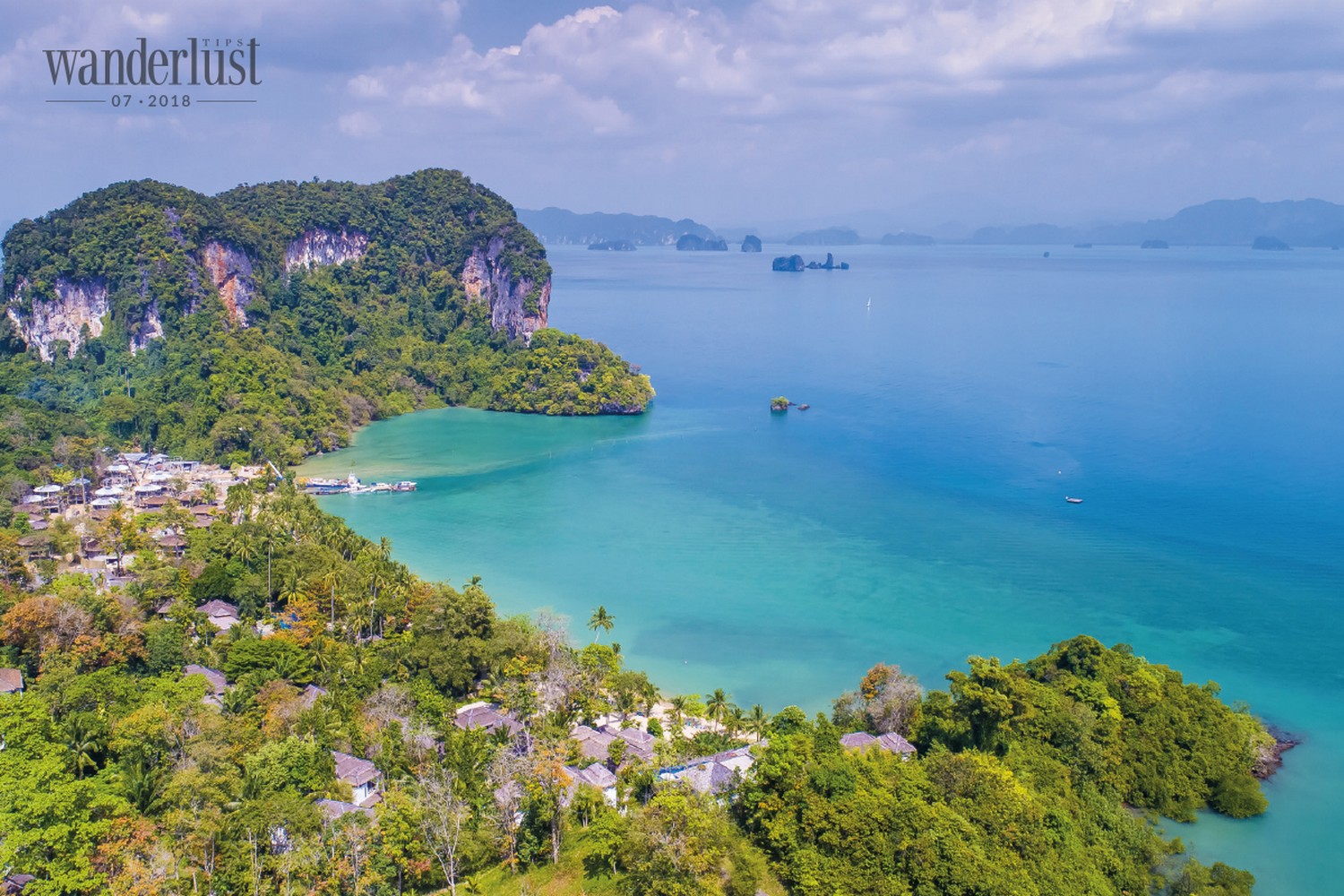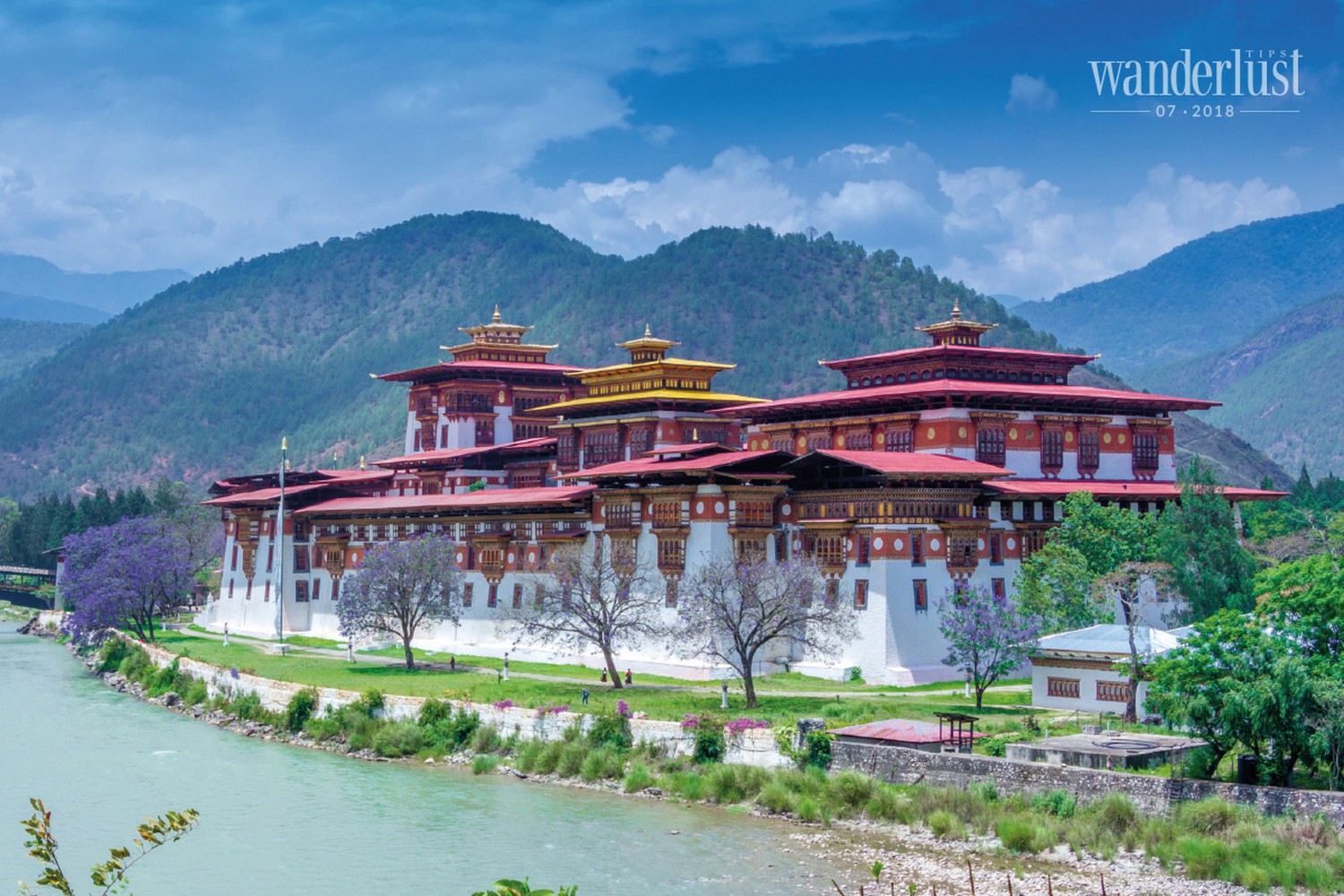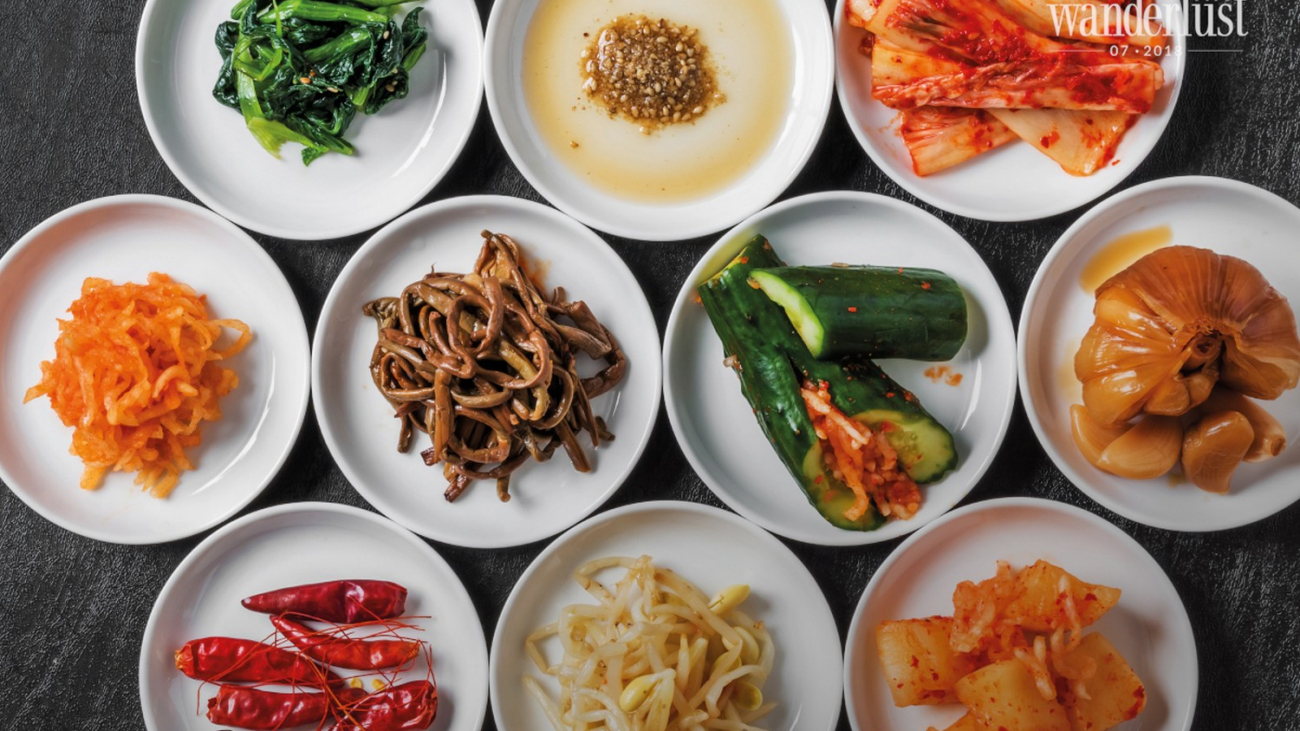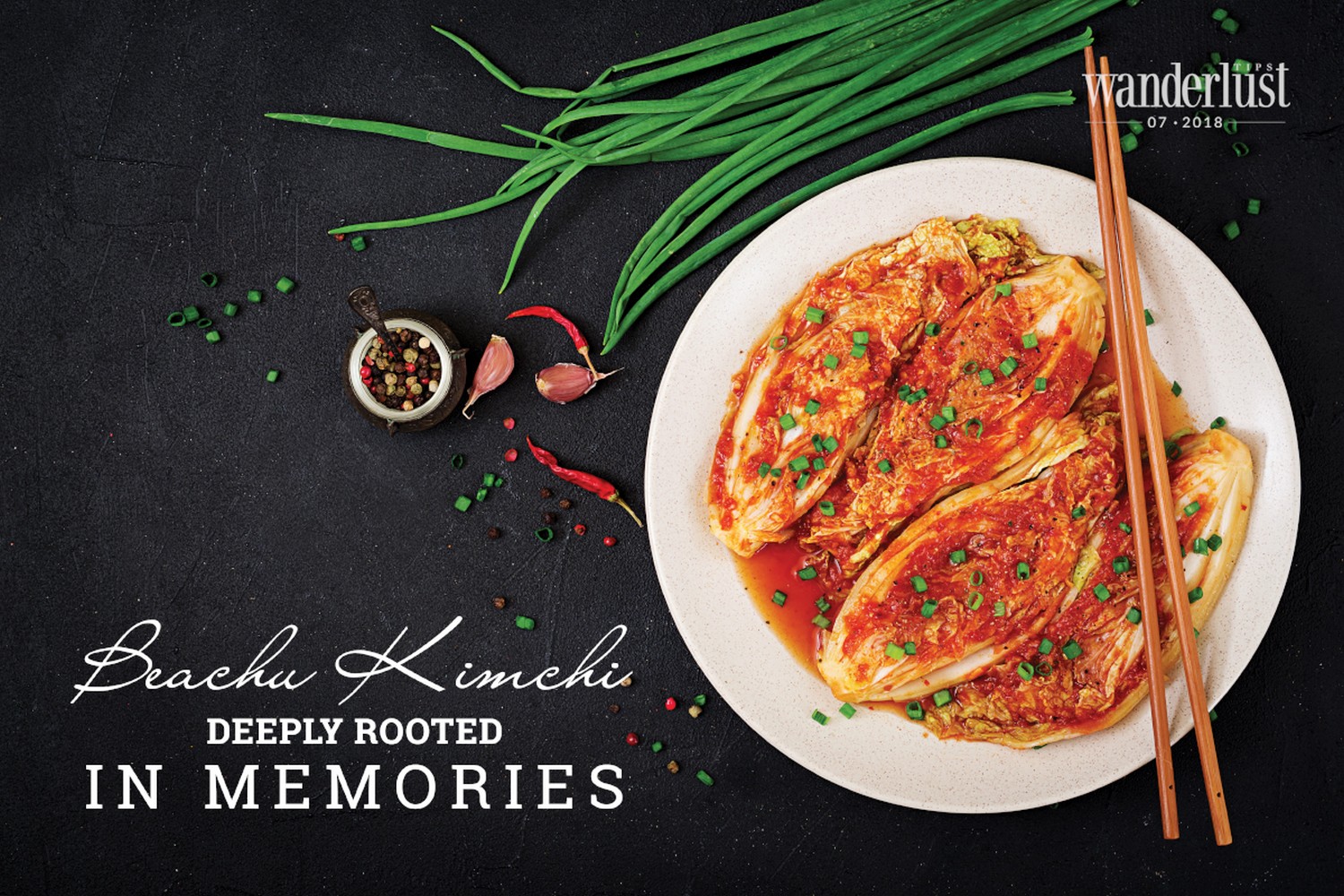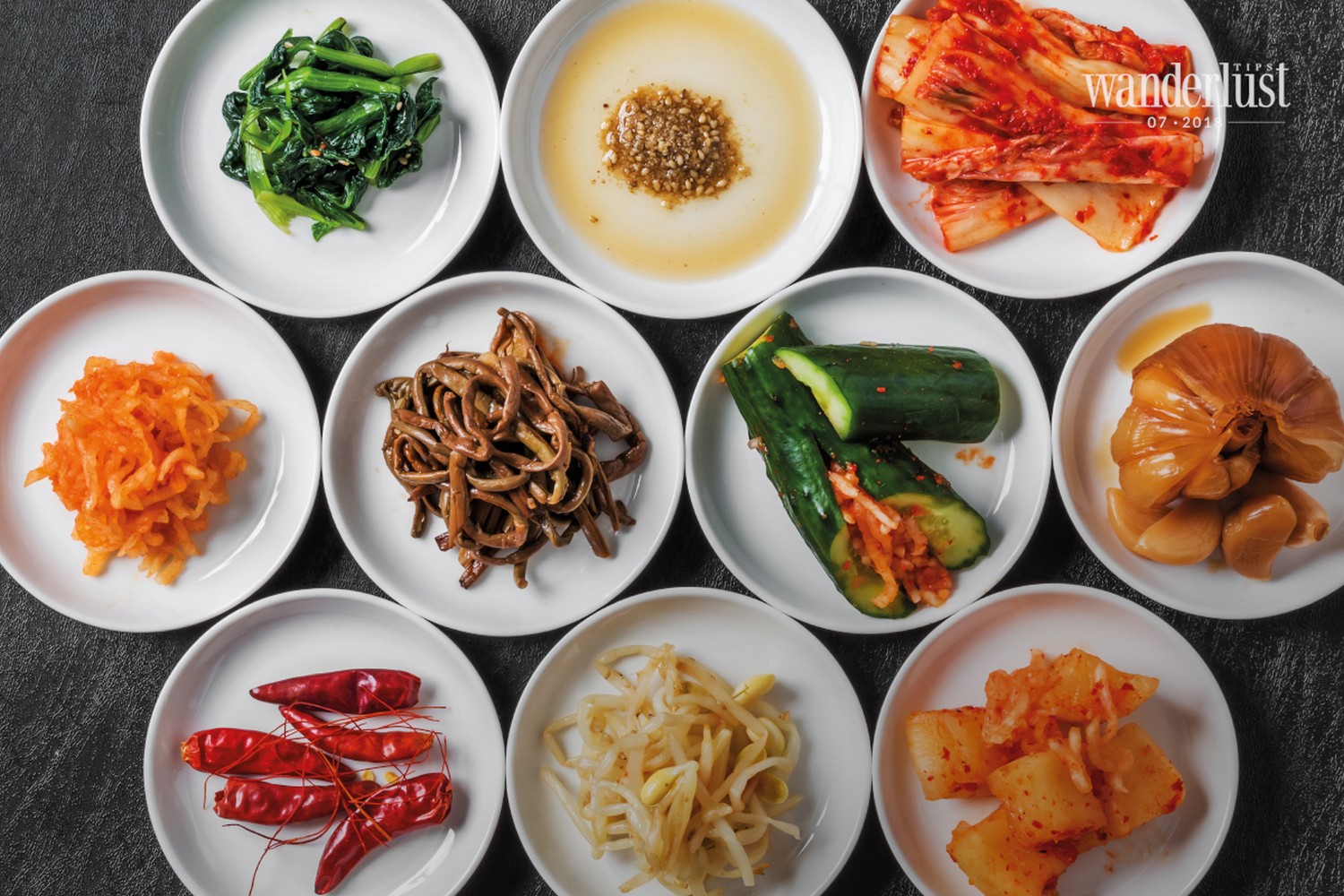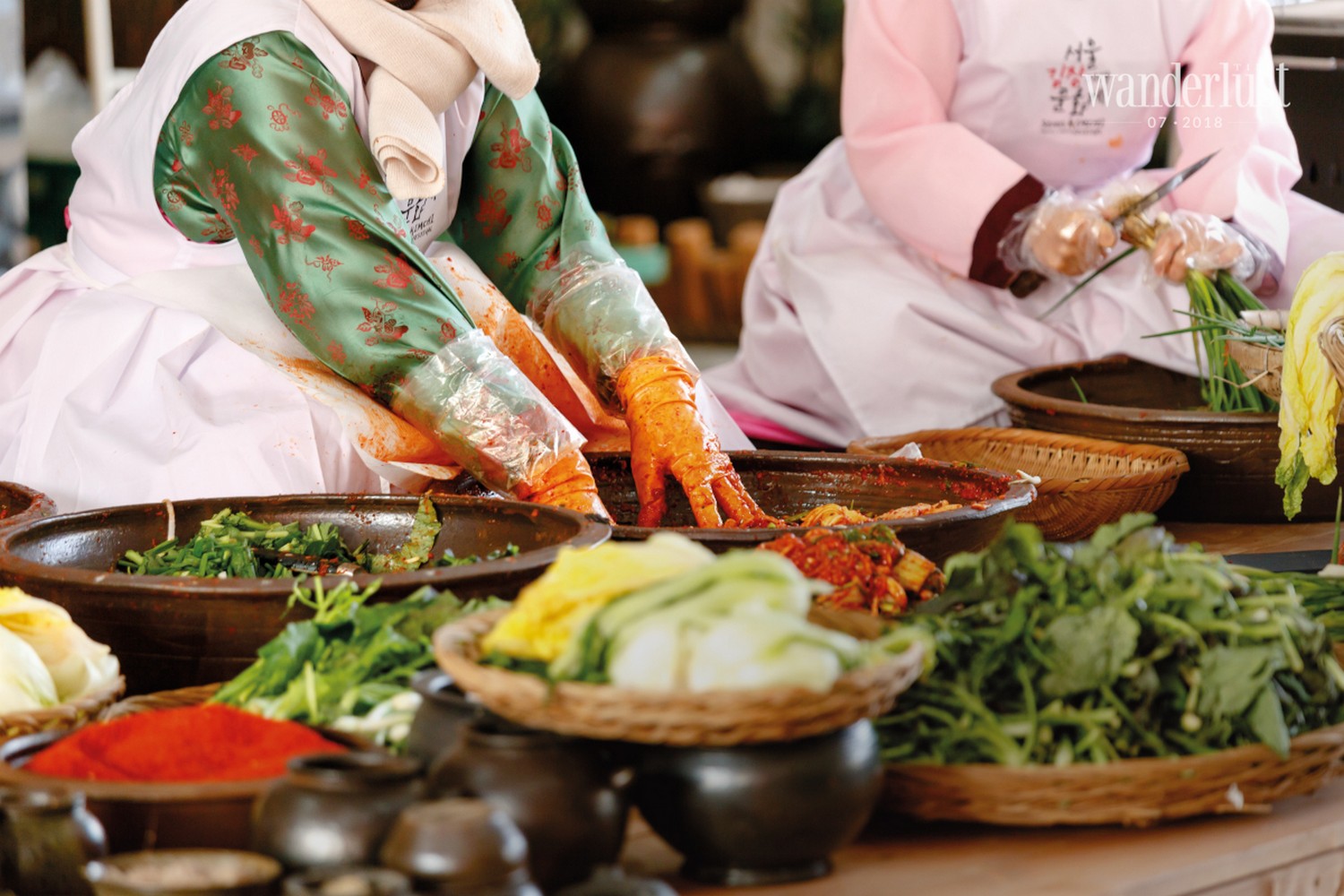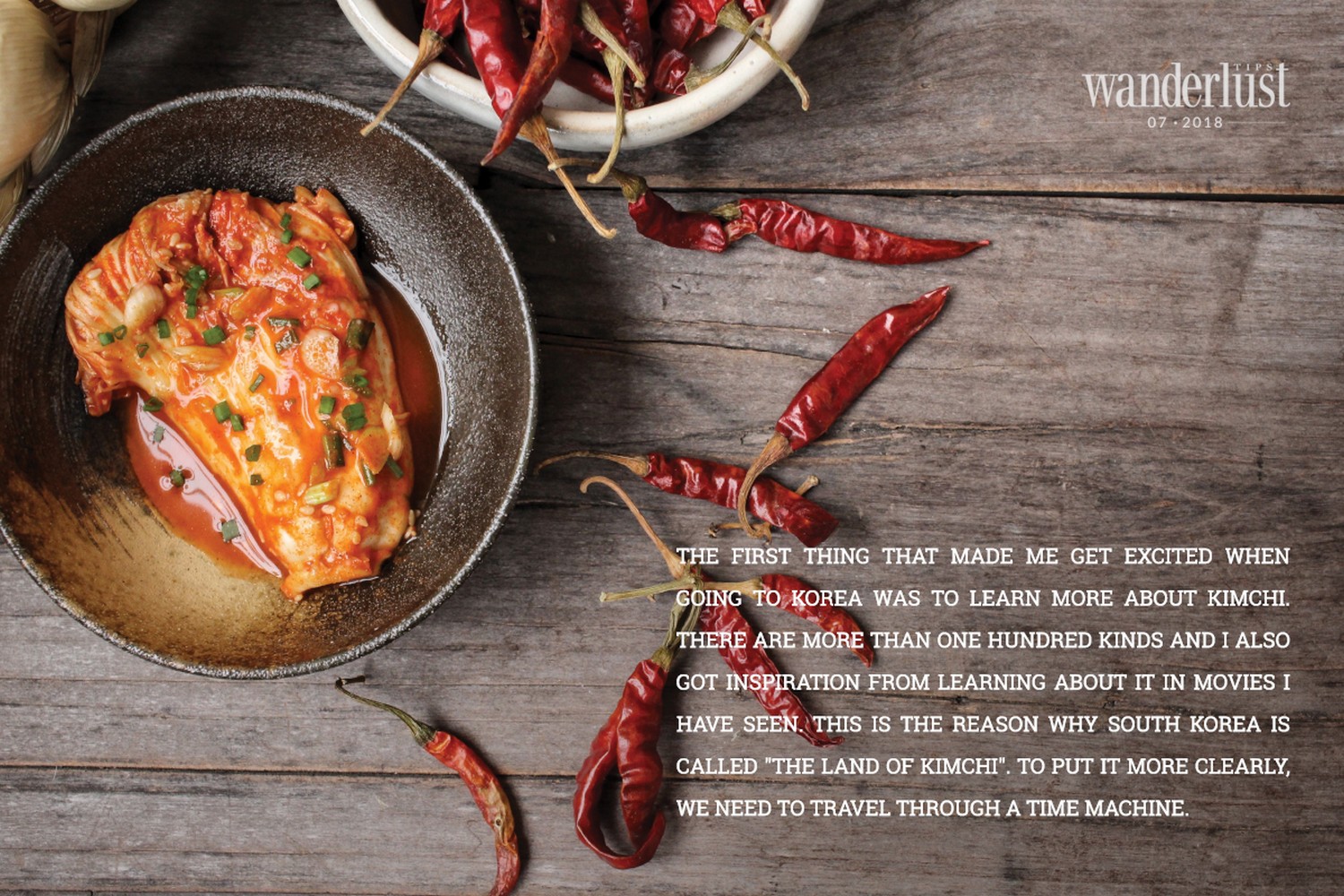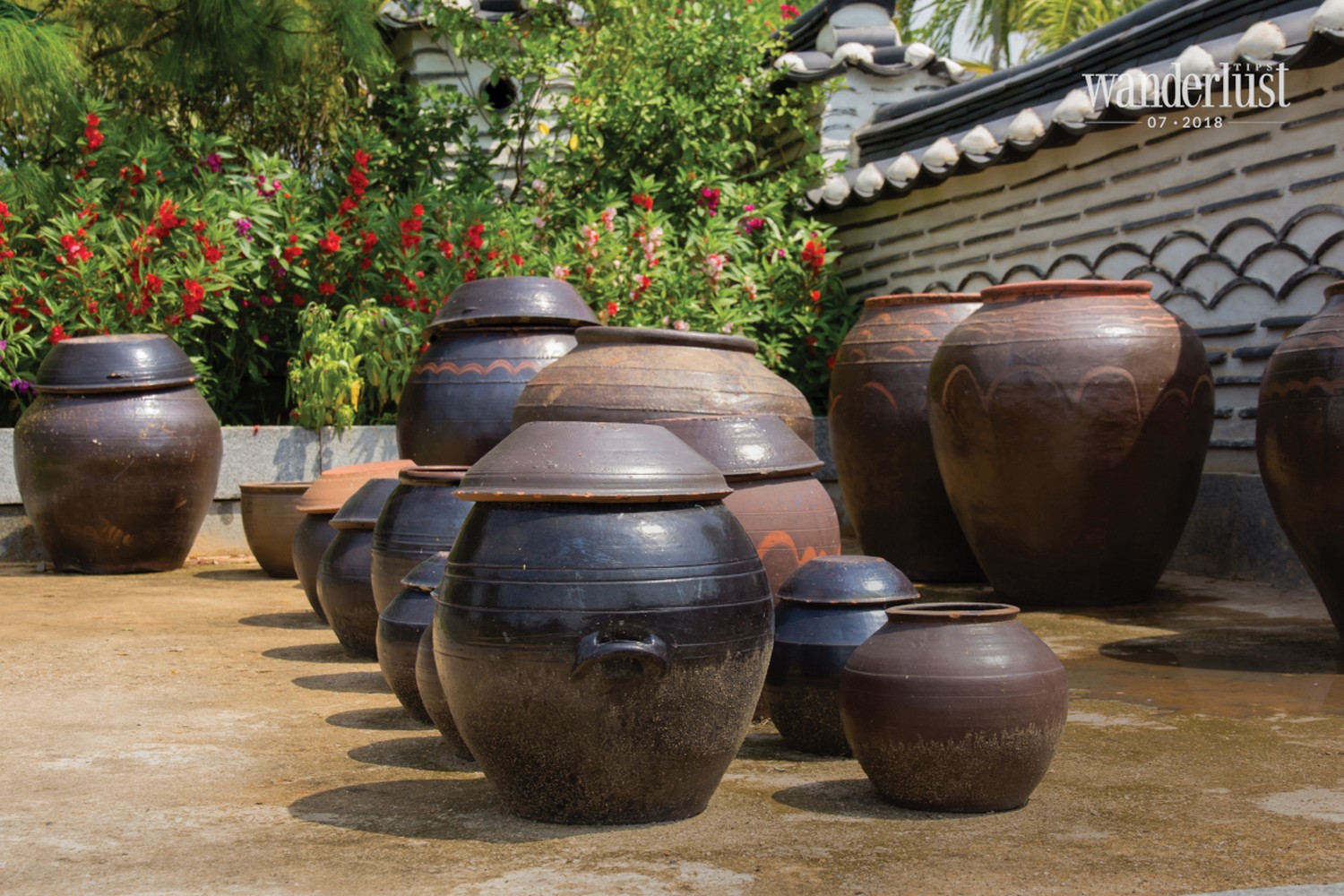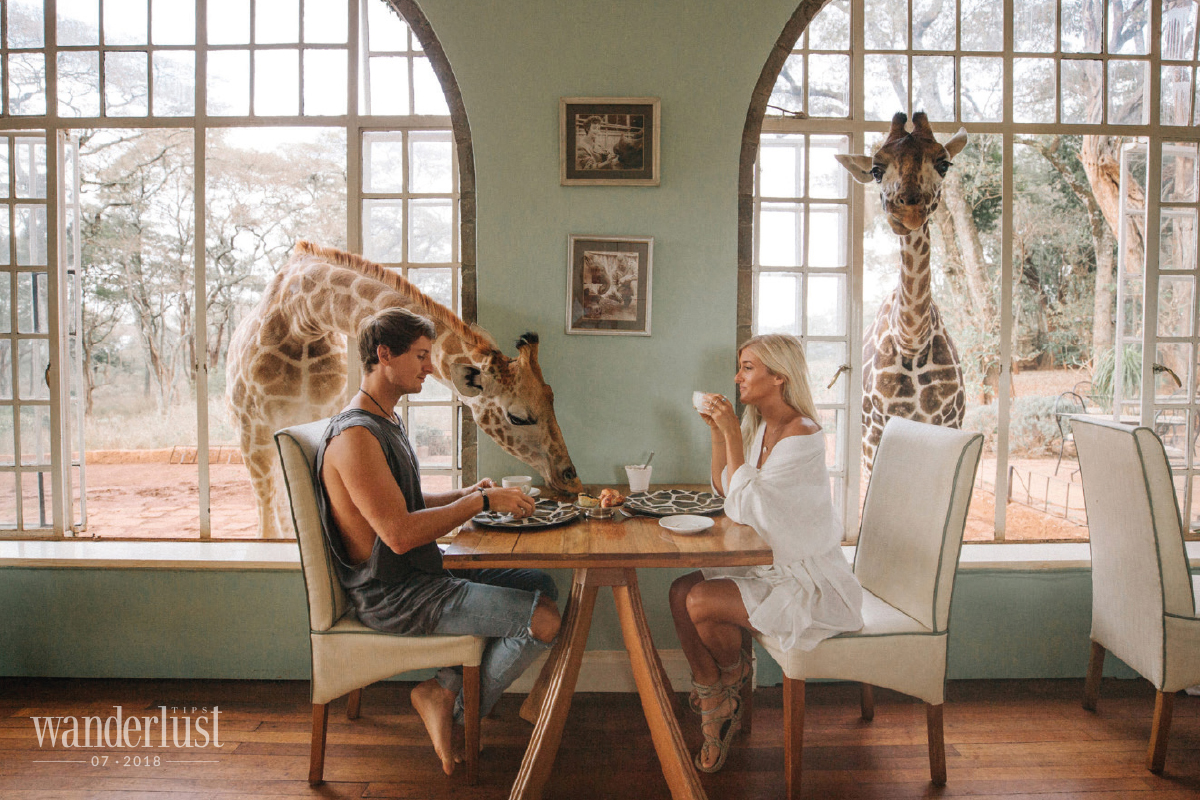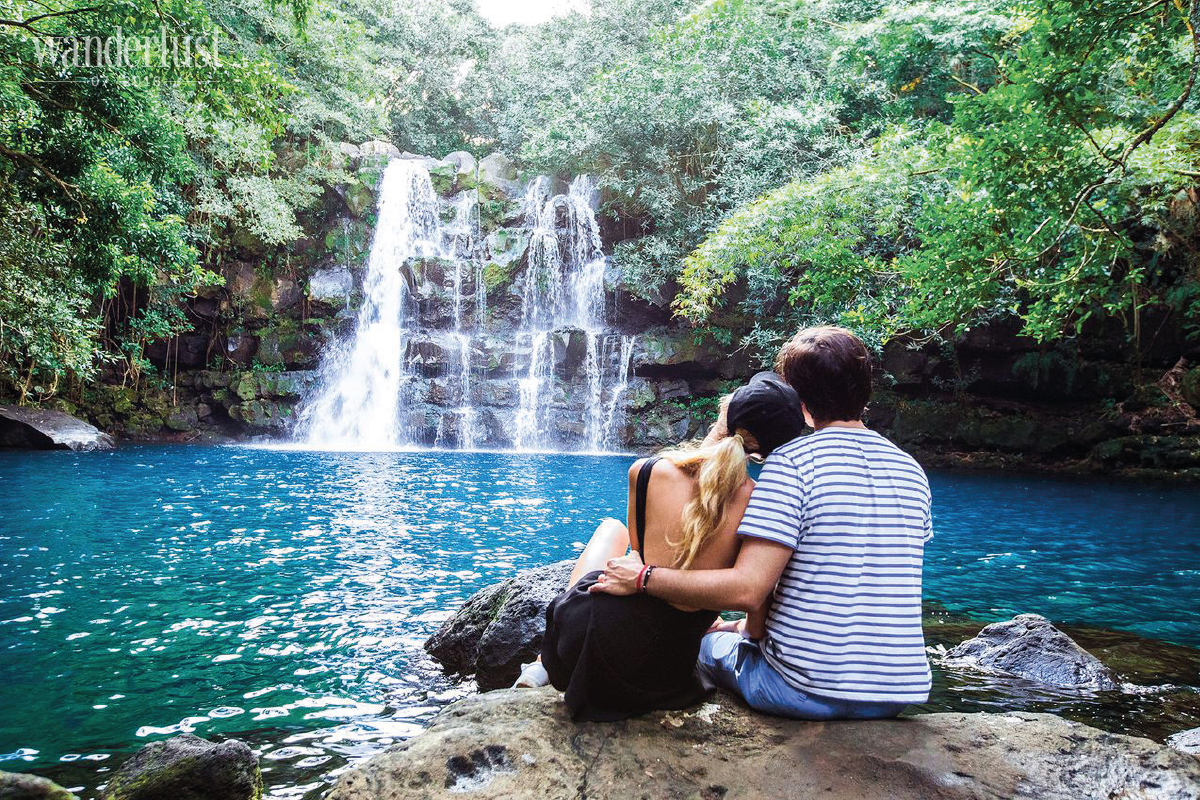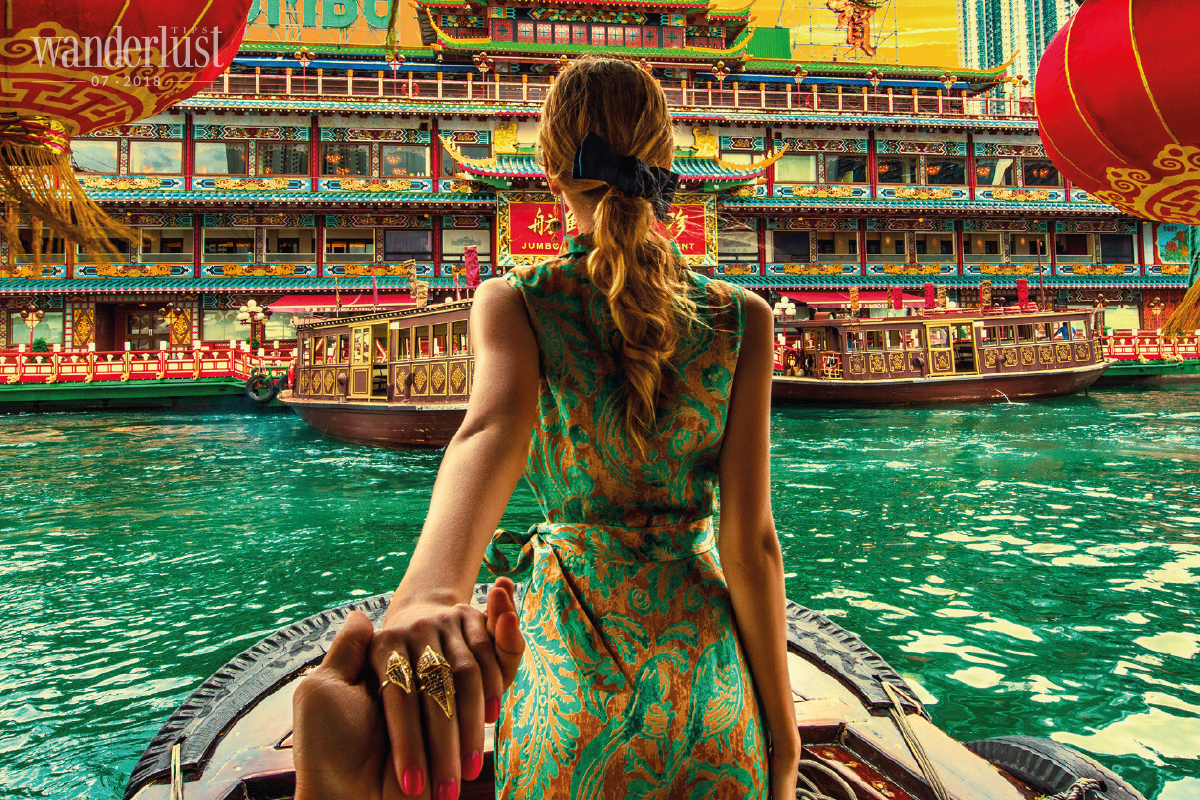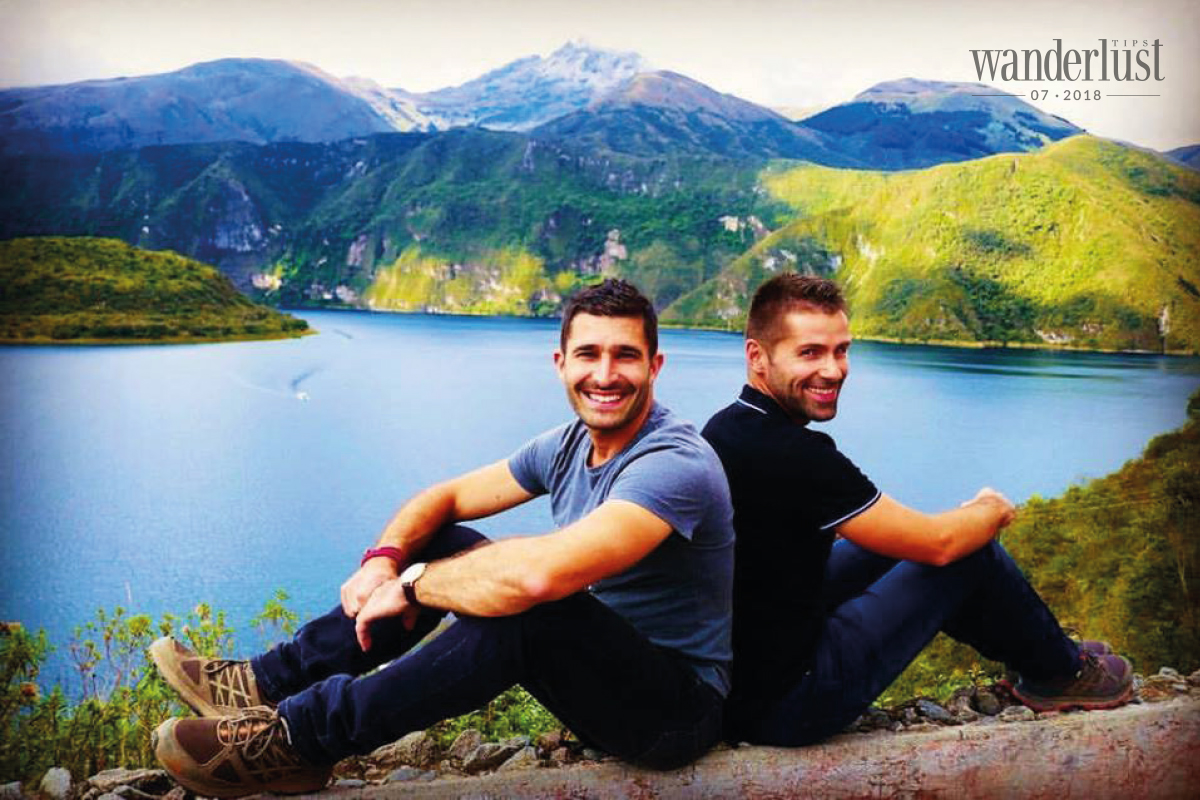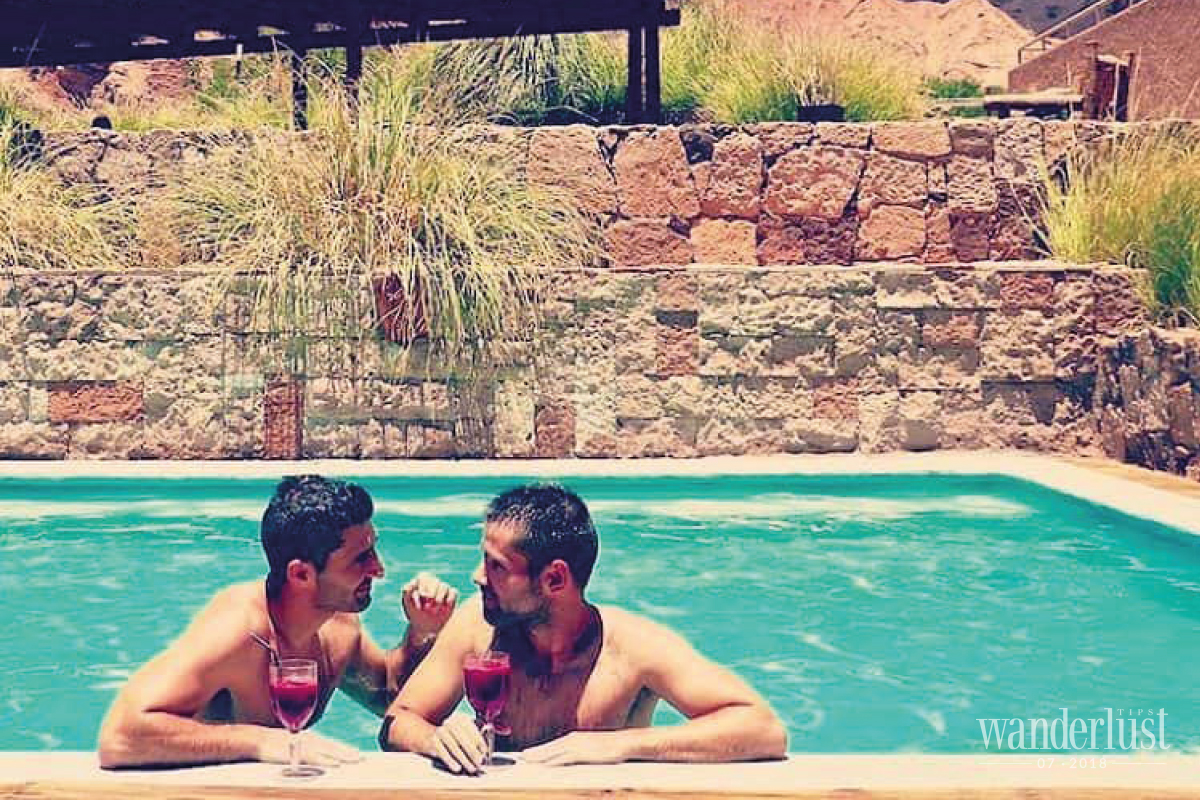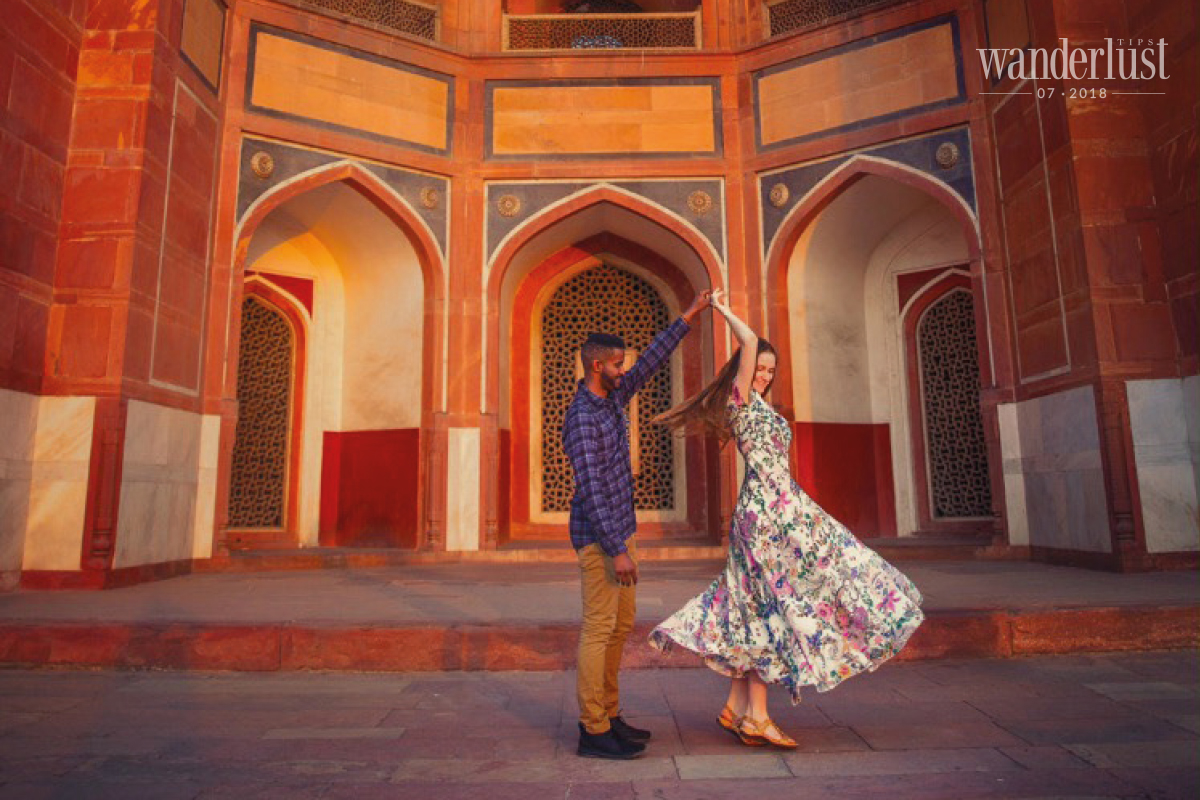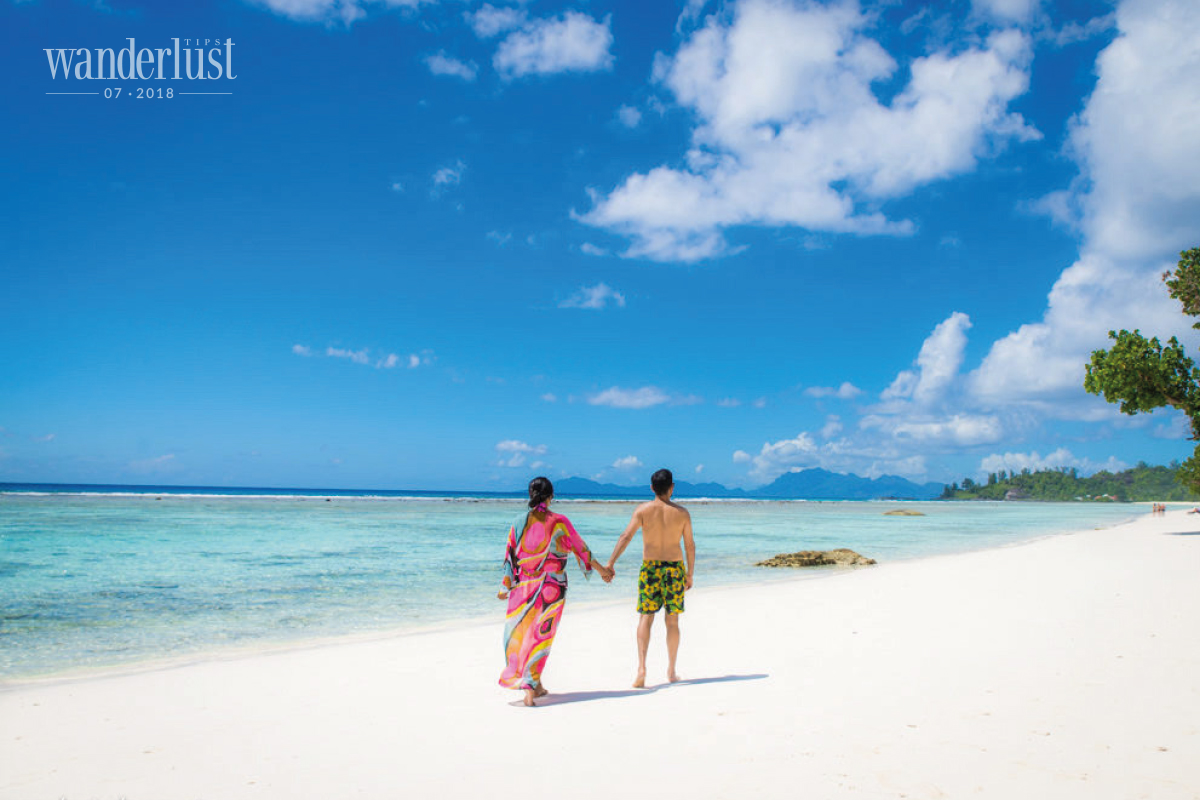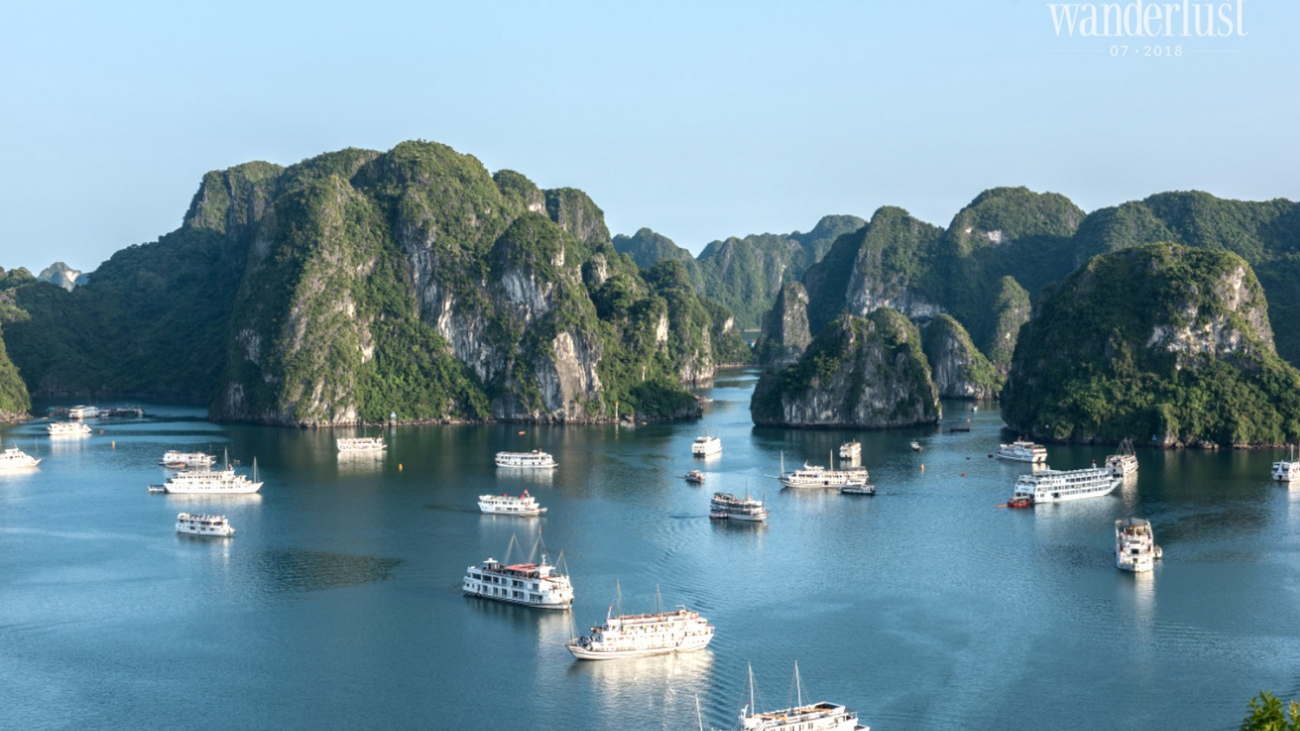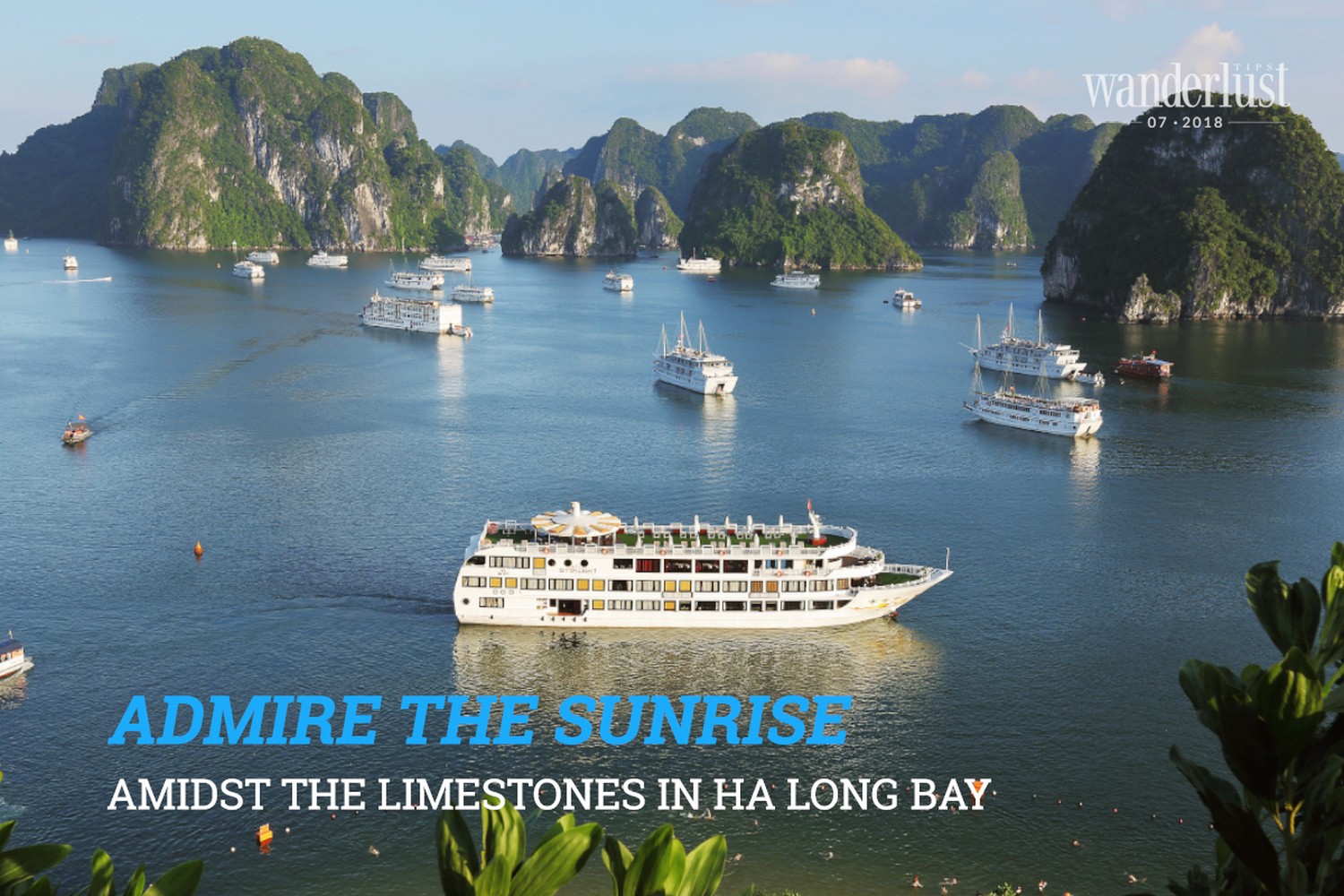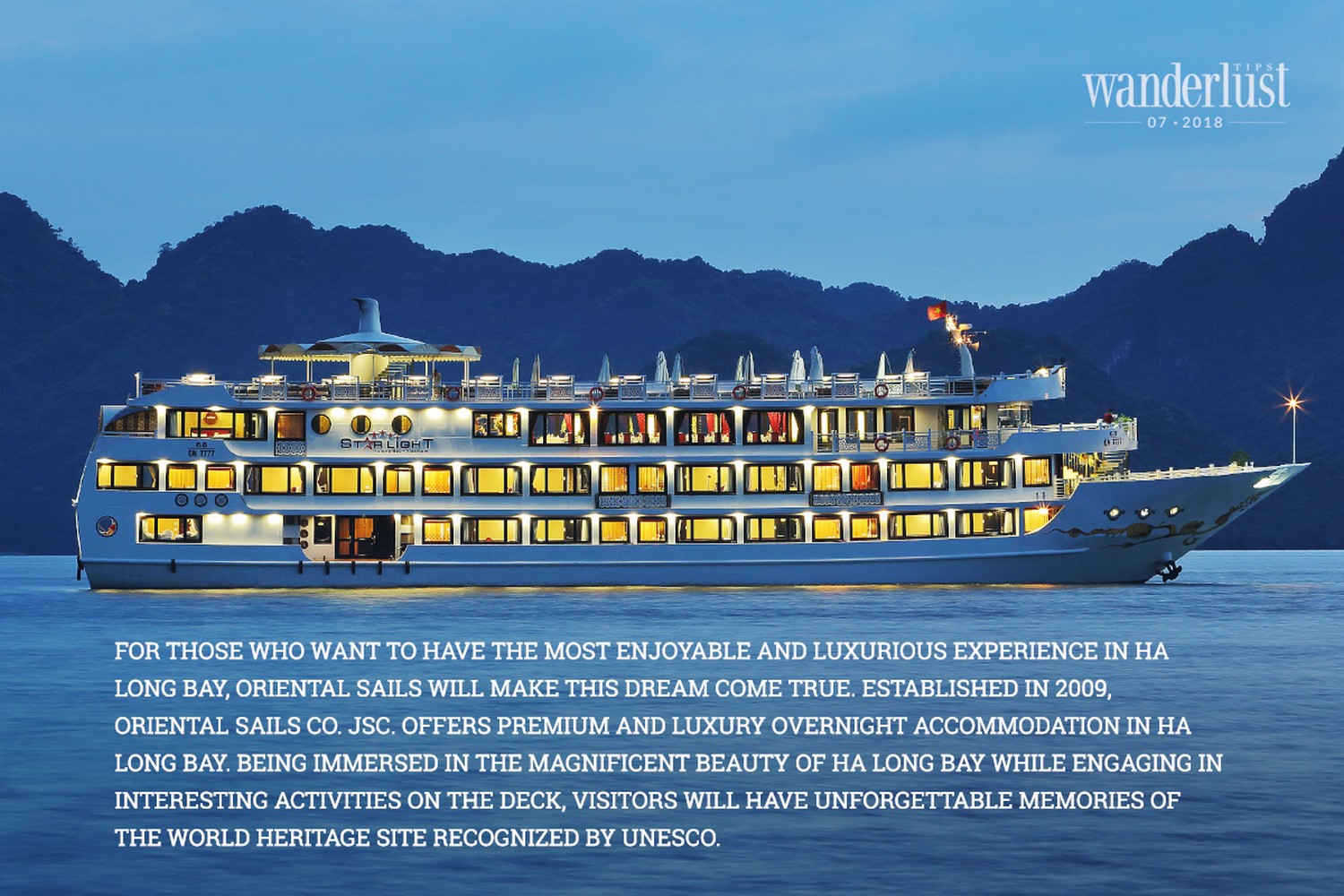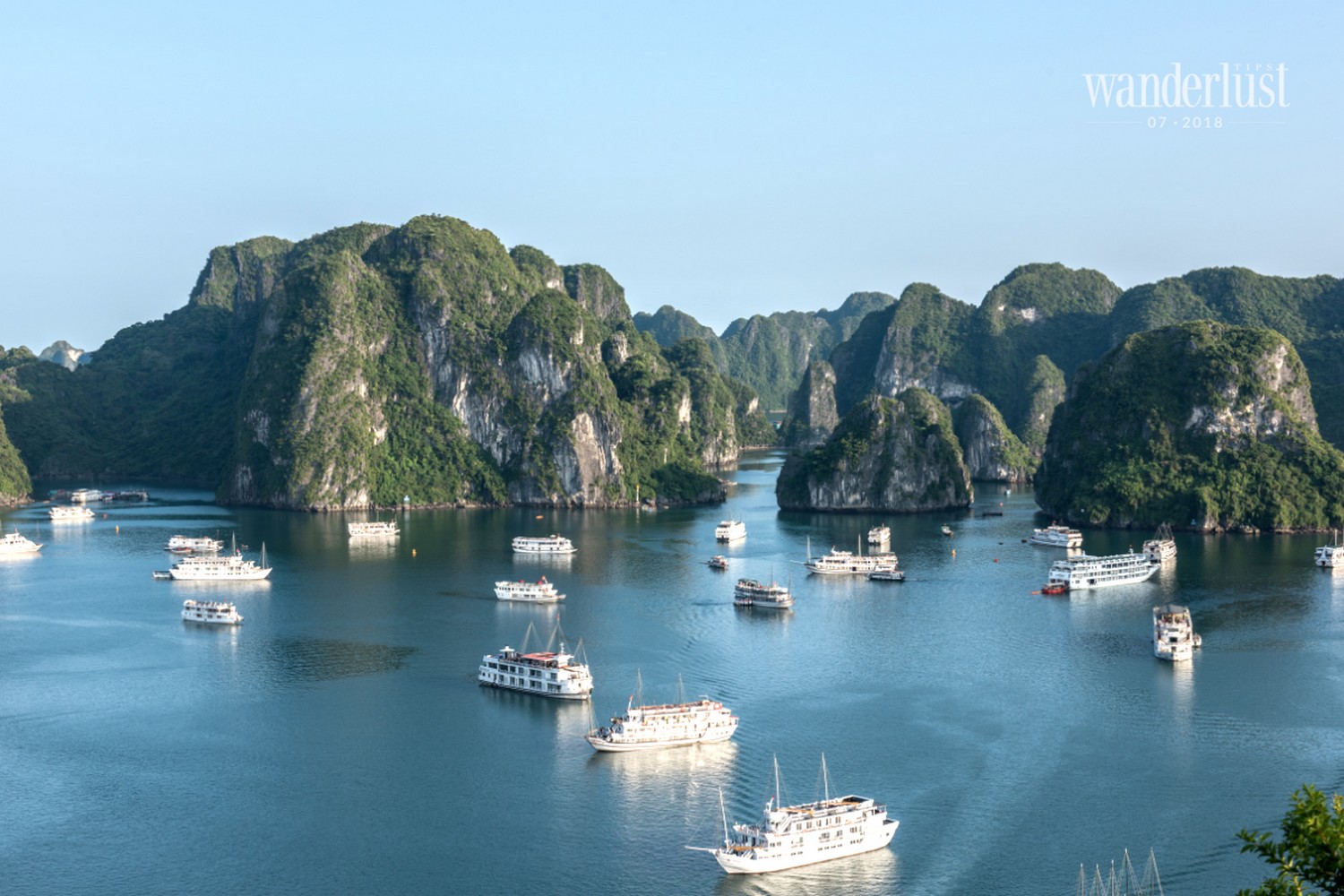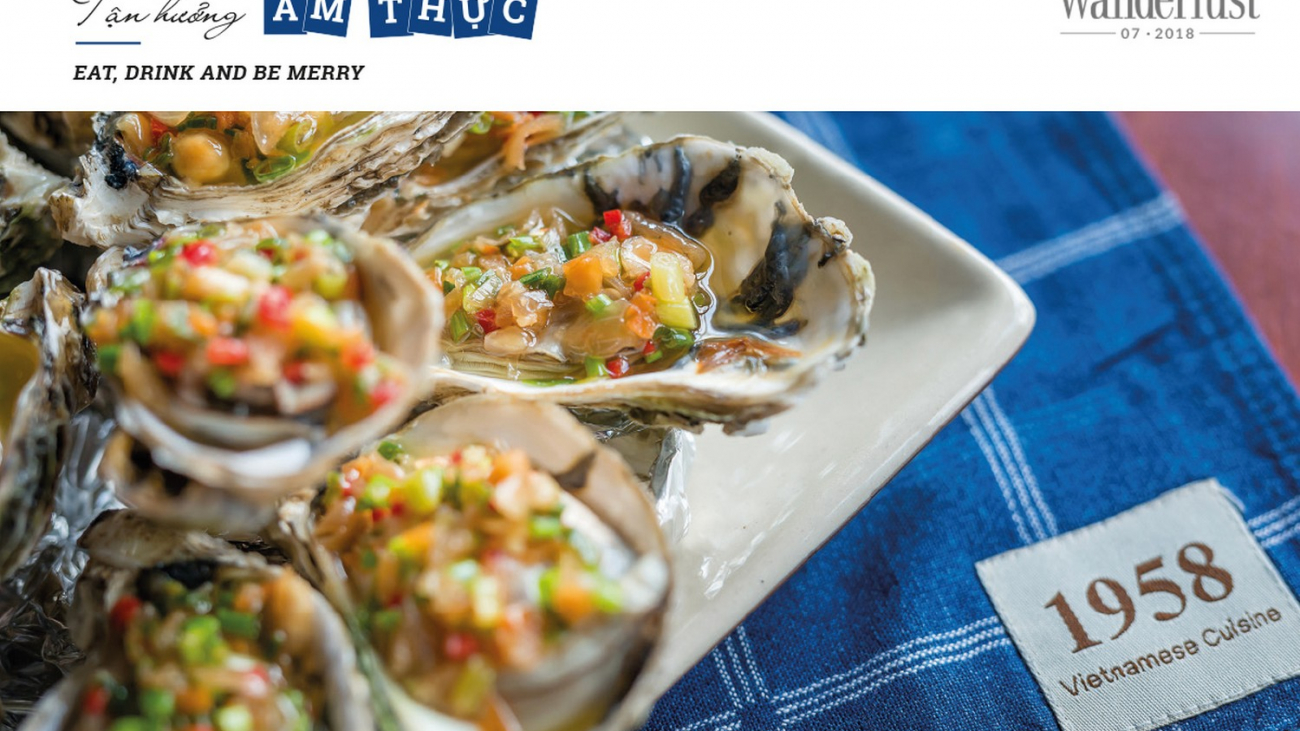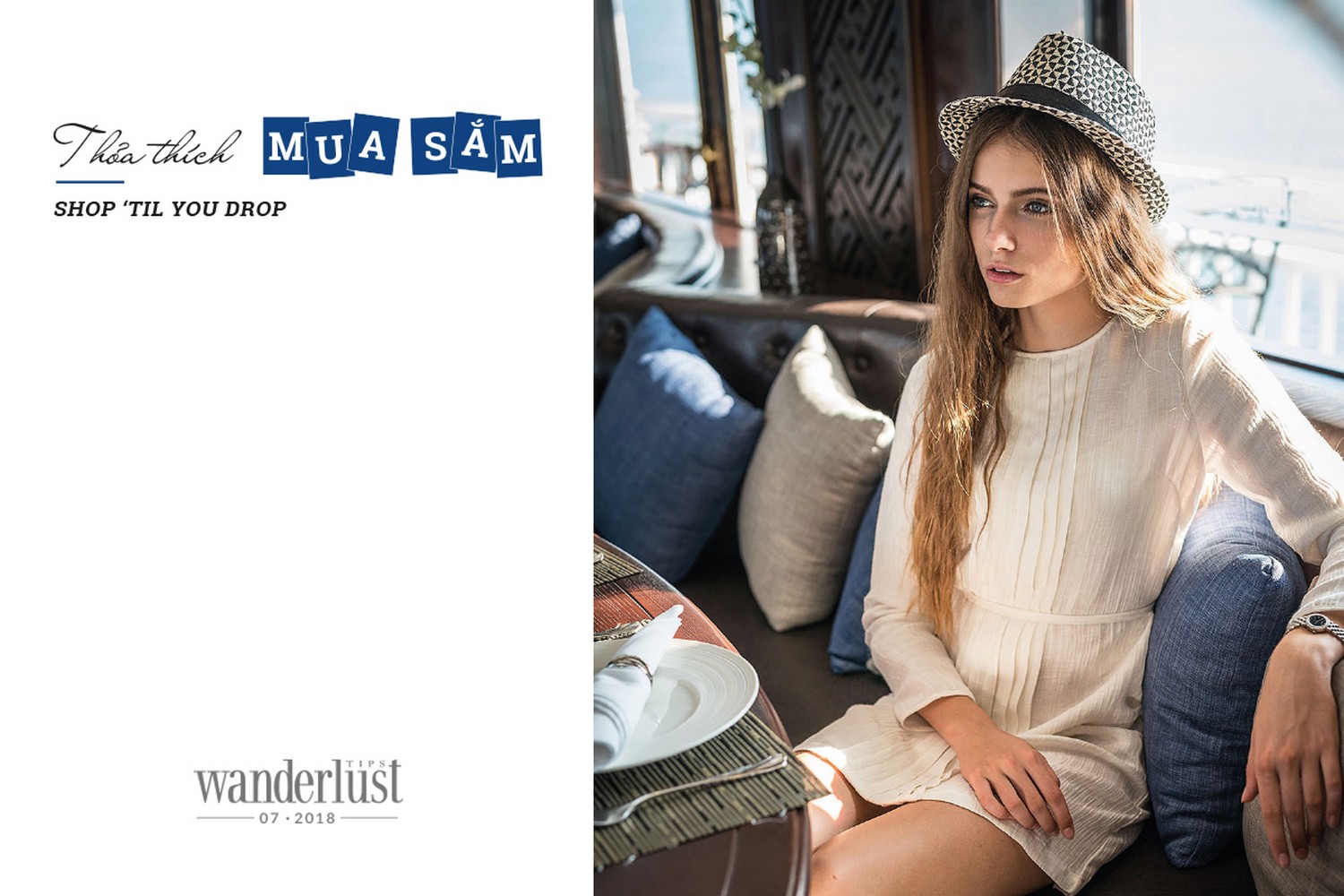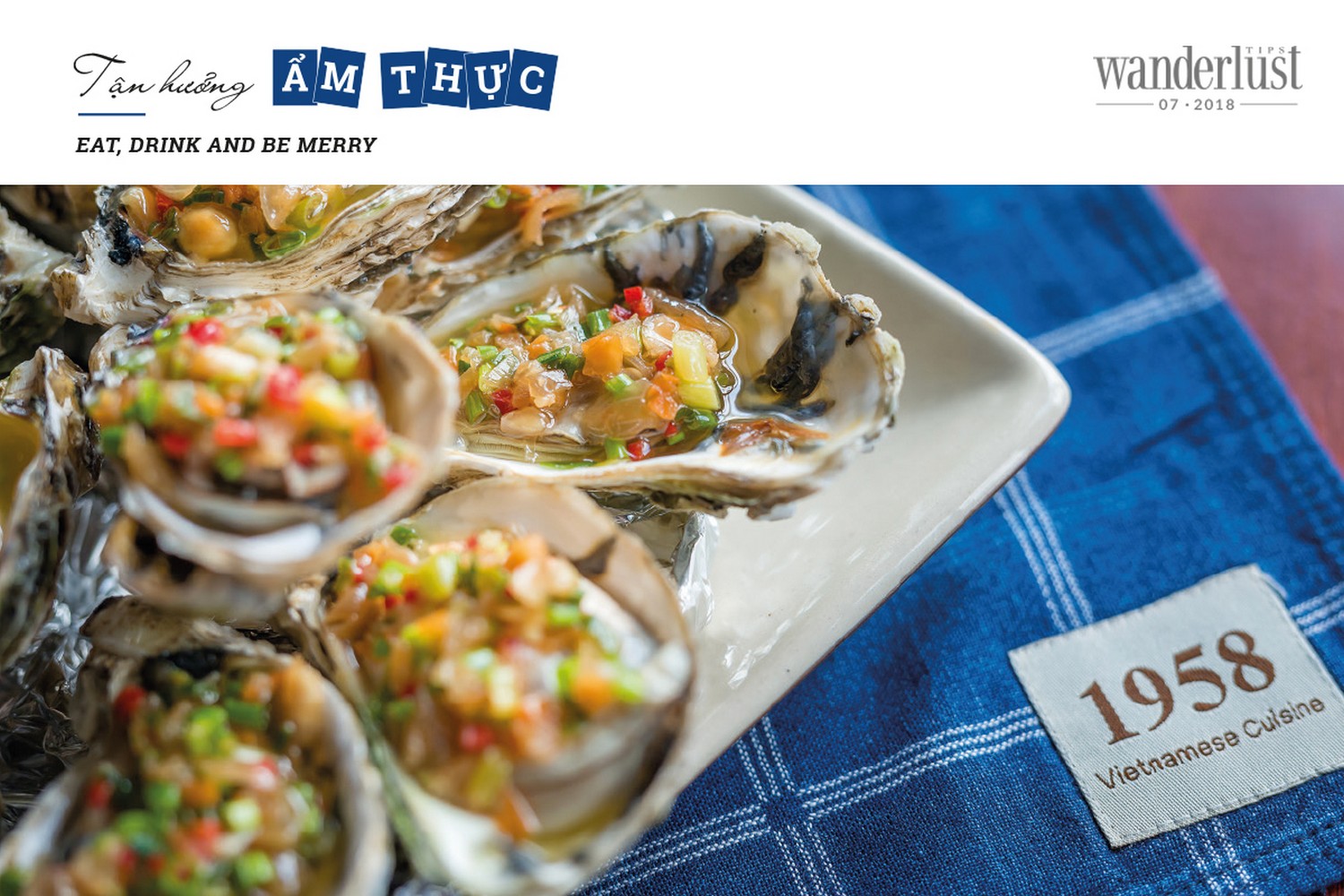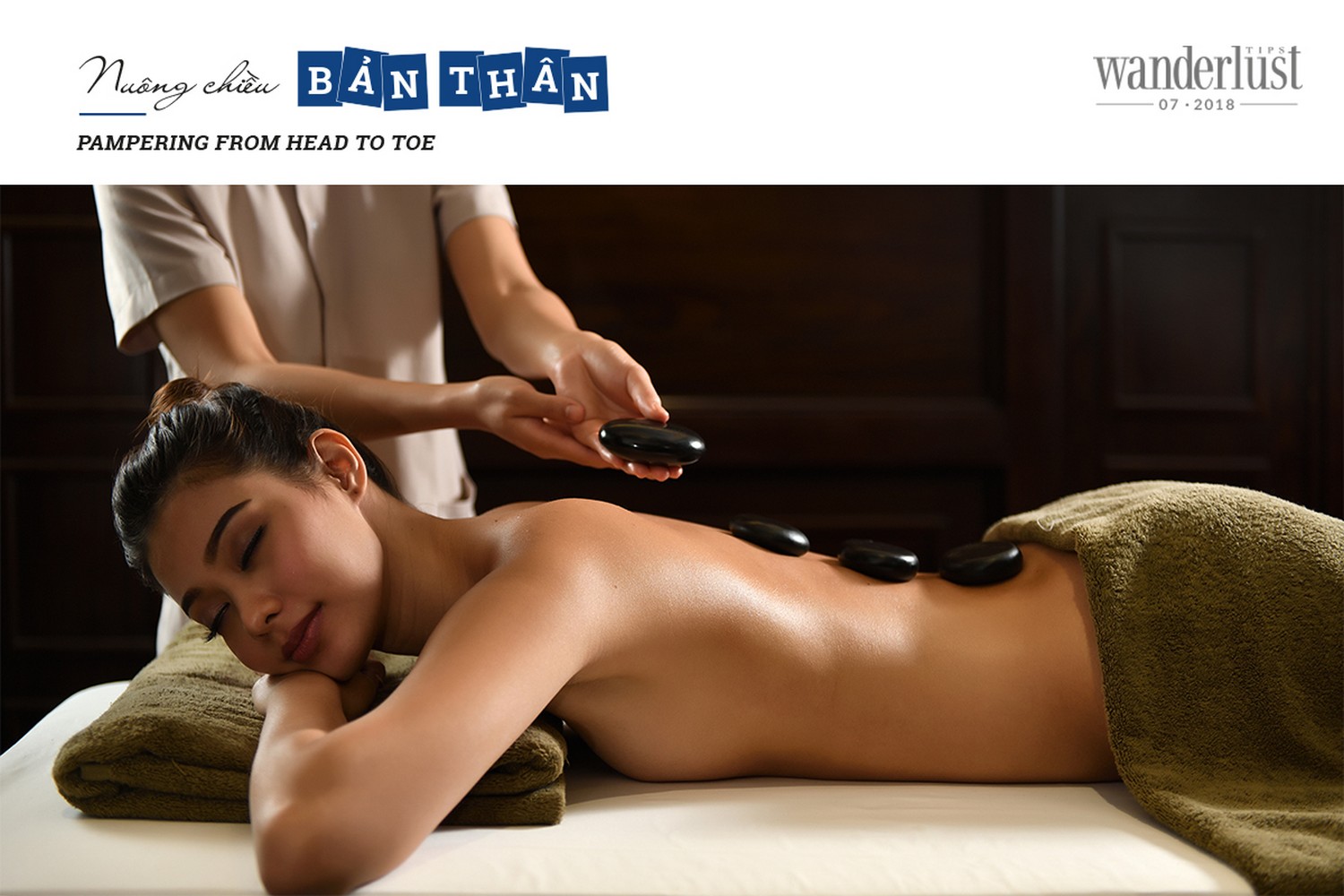[Wanderlust Tips July 2018] Durban is the third most populous city in South Africa, situated in the Ethekwini metropolitan municipality. This largest city in Kwazulu-Natal province is not only one of the busiest port cities in South Africa, but also known as the best city to live in, in the country, surpassing both Cape Town and Johannesburg (according to the survey by Mercer). Thanks to its subtropical climate and beautiful beaches, Durban is also a popular destination for South Africans. Due to its turbulent history of being colonized by the british, Durban is a multicultural and multiethnic city featuring houses in british royal architecture, a bustling Indian town, afro-dutch people and Zulu indigenous people. This city has many to offer and countless interesting destinations.
[rpi]
ACCOMMODATION
The Oceanic
If you are looking for accommodation near the centre, 3 minutes to the sea, with affordable prices, The Oceanic is a perfect choice. Ideally situated for easy access to the city›s major attractions, the hotel features 37 luxury apartments with full amenities including living room, dinning table, TV, kitchen, refrigerator, and oven microwave to make you feel at home. In addition, there is a children’s area, swimming pool, library, games lounge, Jacuzzi, and sauna.
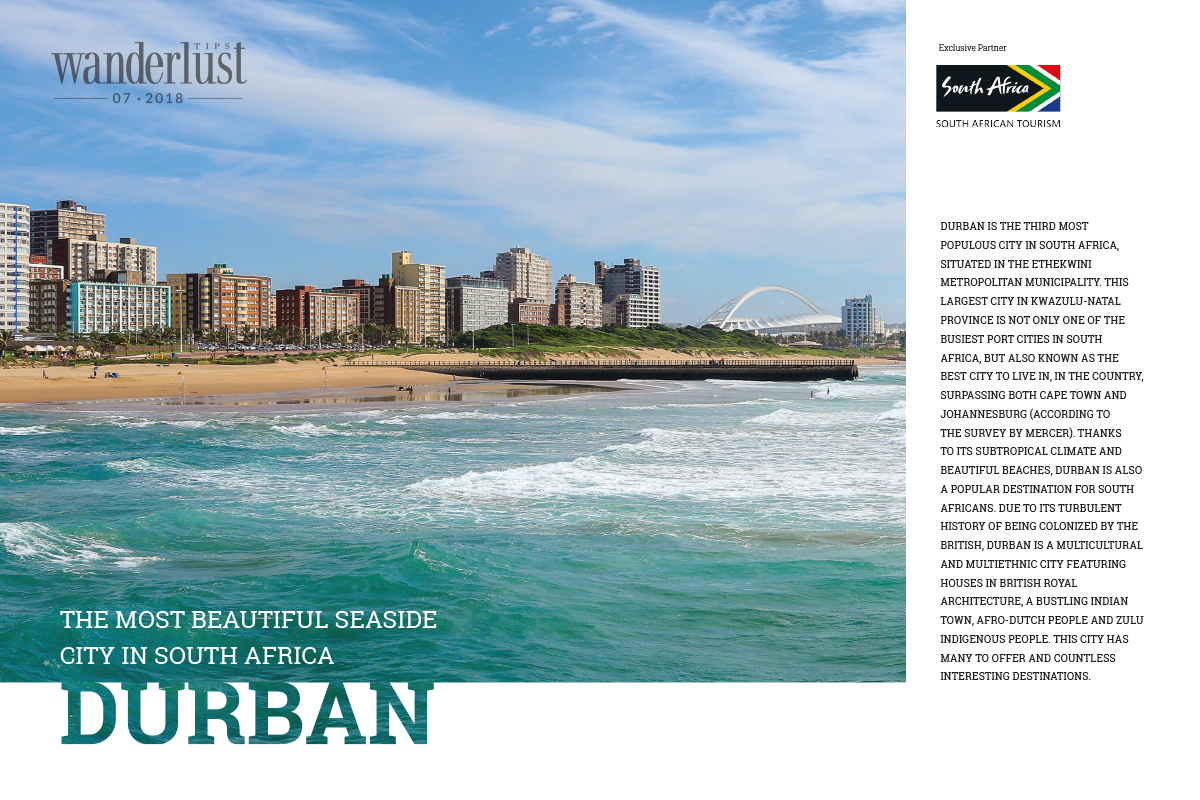
Add: 20 John Mcintyre, Durban, KwaZulu-Natal, South Africa.
Tel: +27 31 355 1800
Southern Sun Elangeni & Maharani
Situated on Durban’s North Beach, the Southern Sun Elangeni & Maharani offers excellent facilities for visitors. The hotel is close to the city centre and the convention centre, making it convenient for visitors to go to work, travel, or go sightseeing. From the room, you can watch the Golden Mile beach stretching for 6kilometres and the vast Indian Ocean. With 734 luxurious rooms all overlooking the sea, a spa salon, 2 fitness centres, 6 restaurants, bars, lounges, and 3 heated swimming pools, this hotel is definitely worth the price.
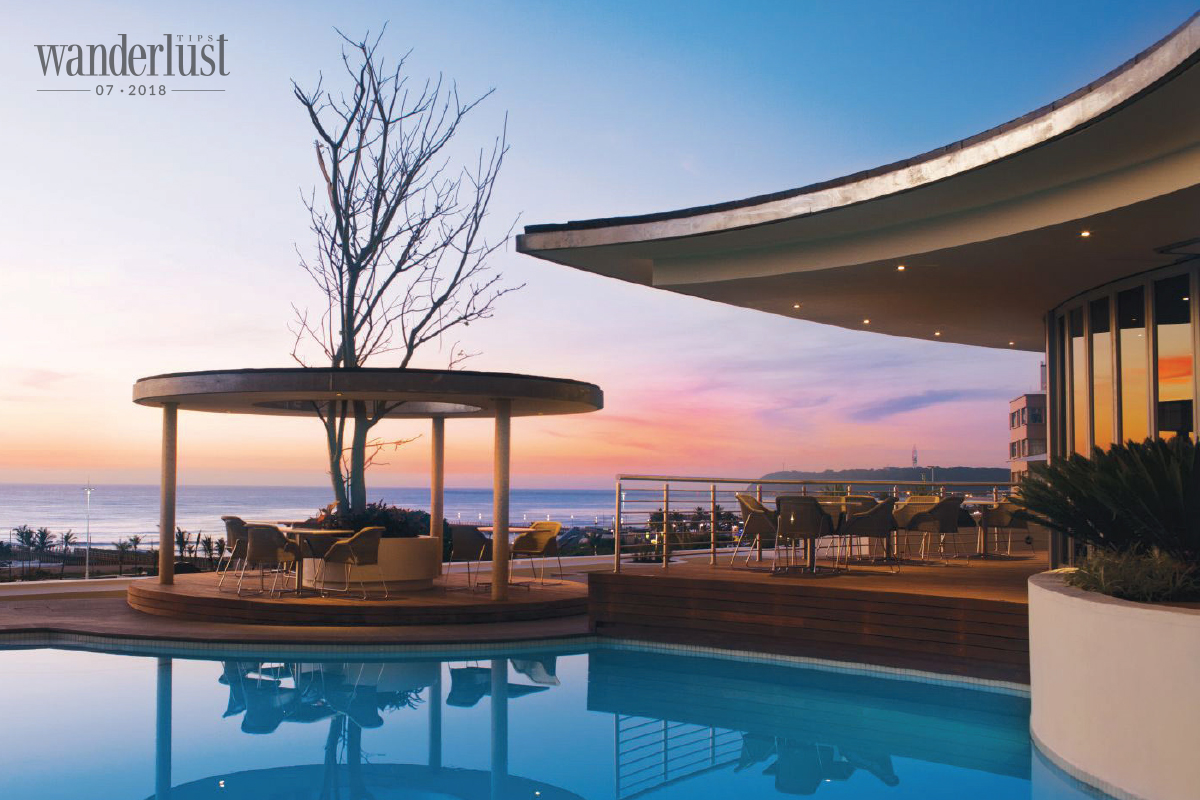
Add: 63 Snell Parade, North Beach, Durban, South Africa.
Tel: +27 31 362 1300
The Oyster Box
The hotel is located on Umhlanga beach, overlooking the famous lighthouse and the deep blue Indian Ocean. Renowned for its convenient location, it takes only 15 minutes to go from The Oyster Box to Durban center, the airport, and the region›s attractions. The hotel offers a choice of 62 rooms, 16 suites, and 8 luxury villas, all of which are elegantly designed and luxurious. There are two restaurants for you to choose from, an outdoor grill room and outdoor terrace overlooking the ocean. The hotel also has a movie theater, a library, and a private beach.
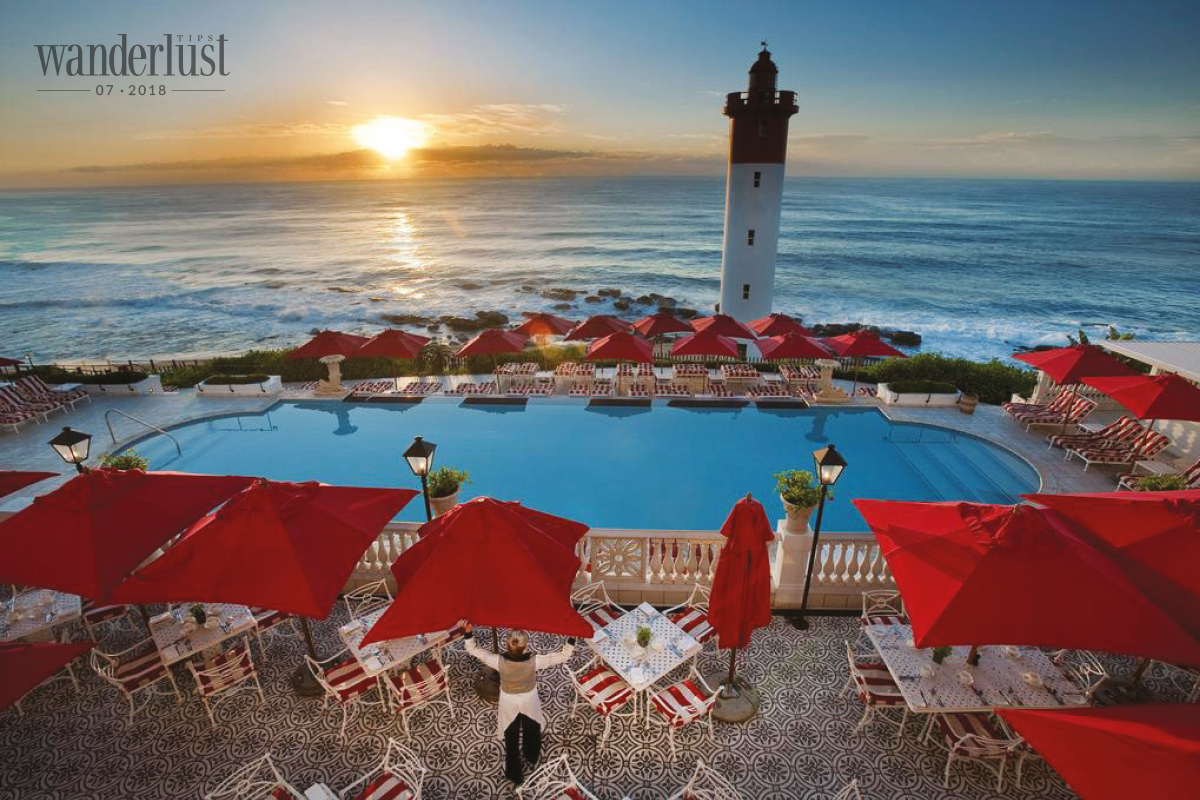
Add: 2 Lighthouse, Umhlanga Rocks, Umhlanga, South Africa.
Tel: +27 31 514 5000
RESTAURANTS
The Cargo Hold Restaurant
The restaurant located in uShaka Marine World is one of the most famous places in Durban. The restaurant has an extremely unique space housed in The Phantom Ship (a ghost ship); its dining tables are positioned near a large aquarium where many marine species, including sharks, are swimming. You will feel as if you are sitting in an ocean submarine while enjoying delicious South African cuisine with local specialties. Because of those unique features, visitors have to book early, especially tables next to the large aquarium must be booked 2 or 3 weeks in advance. If you want to go to this restaurant with children, you should note that children under the age of 12 years are not permitted for lunch and dinner seating except for Mondays.
Add: 1 Bell St, Point, Durban, South Africa.
Open hours: Noon – 3pm and 6pm – 9pm daily. Sunday from noon – 5pm
The Piggly Wiggly
Located in the heart Of the Midlands of KwaZuluNatal, Piggly Wiggly is home to local products shops, restaurants, cafés, boutiques, and home appliances amidst the quiet countryside. You should definitely try the delicious pizza with local specialties at Pizza Place, buy a fine wine at Meander Fine Wines, or enjoy the delicious food on the green lawn in a fresh atmosphere that is full of sunlight and cool winds of the Midlands. Last but not least, you should not miss the opportunity to visit Highgate Farm, which is home to a large vineyard and a 350-year-old winemaker, the first place to produce Chardonnay White Wine in KwaZulu Natal. There is also an outdoor children’s play area and a variety of recreational activities for the whole family.
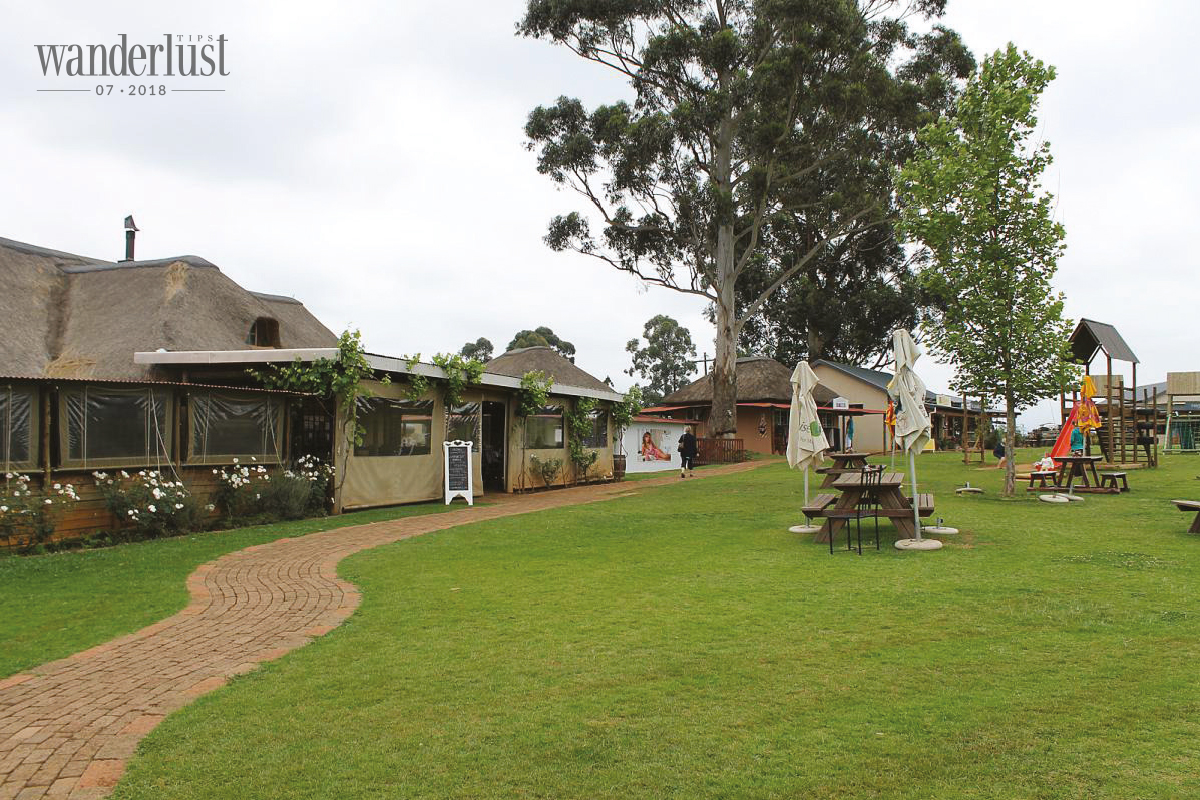
Add: 1 Dargle Road, Lions River, KwaZulu-Natal, South Africa.
Open hours: Monday to Sunday, 8am – 5pm.
VISIT
Golden Mile
Africa’s most famous beach which stretches for 6kilometres features sandy sloping beaches, warm water from the Indian Ocean, and shimmering waves. This is an ideal place for all kinds of water activities such as swimming, sunbathing, surfing, and kayaking as the weather here is nice all year round. But it is aslo known as a crowded beach in Durban in particular and South Africa in general, so it is recommended to avoid peak season in June, July, December, and January when South Africans go on vacations. Besides the stretching beach, this area has an entertainment space extending to the coastal road that is full of cool breezes and golden sunshine. You can take a stroll along the beach, stop at a café, then continue to stroll, ride a bike, or go rollerblading. You also should try colorful rickshaws and talk with friendly and humorous drivers who will help you learn about Durban as professional guides. Golden Mile is home to many hotels, resorts, and restaurants, so you can easily find a suitable accommodation here to enjoy the beach with many activities from morning until night.
Ushaka Marine World
Located in KwaZulu-Natal, Durban, on the South Beach of Golden Mile, the 40-hectare uShaka Marine World is divided into five zones: uShaka Sea World, uShaka Wet ’n Wild, uShaka Beach, uShaka Village Walk, and uShaka Kids World. Like other water parks in the world, this place has a water play area, adventure games, and is very close to the beach. uShaka Sea World is the 5th largest aquarium in the world, featuring many kinds of rare marine life and huge glass tank. You can dive to watch the sea creatures swimming around you; children aged 5and older can participate in this activity. If you want to try the thrills, take part in the challenging games in the water park, try the zipline, or visit some of the world›s most dangerous aquatic animals.
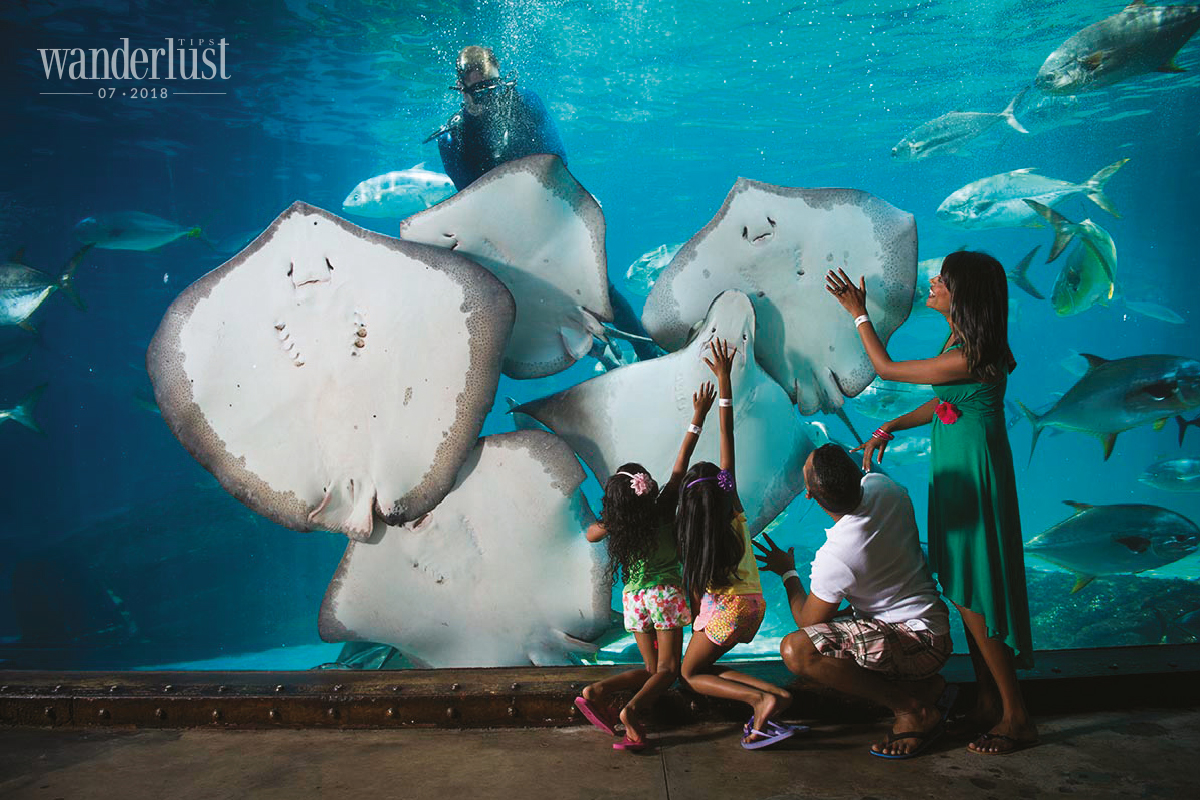
The park offers many packages for visitors when visiting individual areas from ZAR141per person, and a combo to mutiple areas from ZAR210per person. Children and elderly people are offered a discount.
Open hours: 9am – 5pm Monday to Sunday, Wet’n Wild is only open from Wednesdays to Sundays.
Nelson Mandela Capture Site
This is a historic cultural site located in Howick, KwaZuluNatal, Durban. This cultural and historical exhibition will help you better understand the life and work of Nelson Mandela – the Great Man of the world and the National Hero – who established racial, social, and political equality in South Africa that had been ravaged by the Apartheid regime.
You should visit The sculpture at the Nelson Mandela Capture Site that is comprised of 50 steel columns between six and 9.5metres in height. Long Walk to Freedom, the path leading to the sculpture, features metal panels that mark important milestones of his life. At the beginning of the path, there is a small gallery which exhibits pictures and artifacts about the life of Nelson Mandela.
From here, you can visit other tourist attractions in the Midlands Meander that feature a variety of beautiful terrains and natural scenery, museums, restaurants, and many recreational activities for both adults and children. Another place to visit is the 95-metre Howick Falls, a famous beautiful waterfall in the wilderness in KwaZulu Natal, where the Zulu people live.
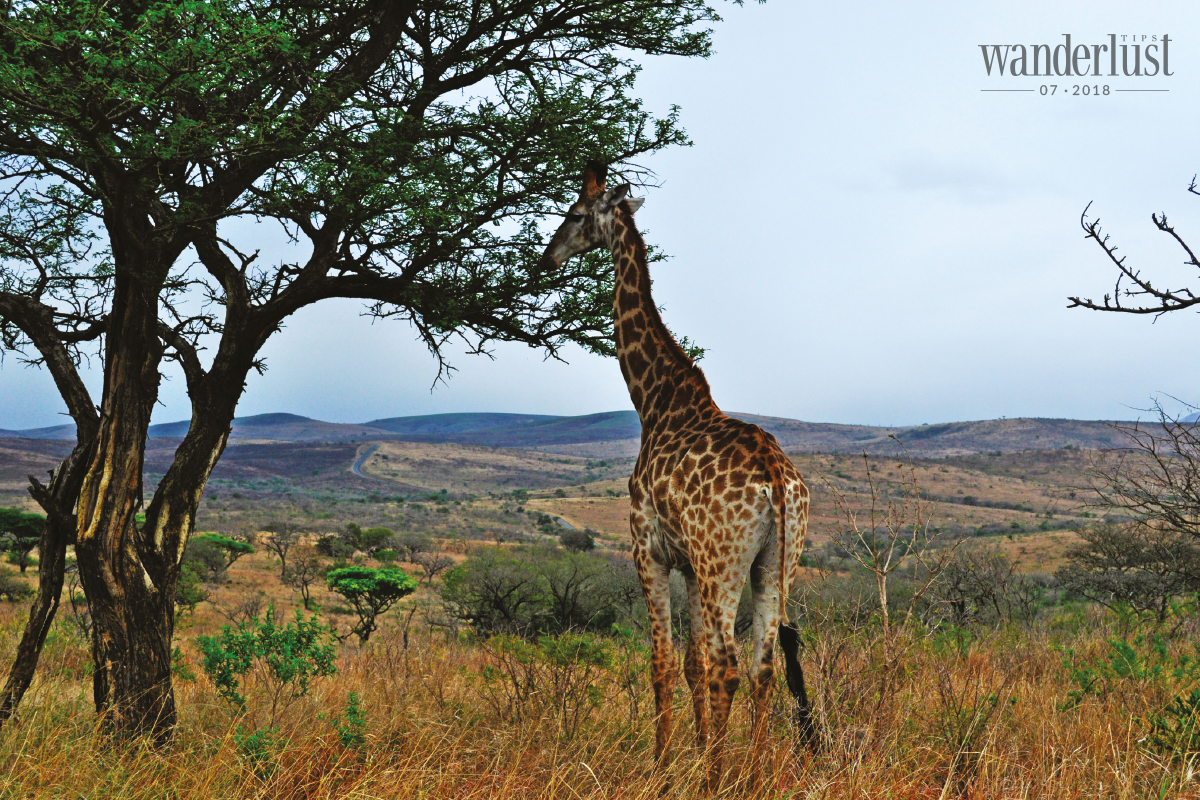
Add: R103, Howick, KwaZulu-Natal, Durban, South Africa.
Open hours: 9am – 6pm, Monday to Sunday. At present, admission to the exhibit is free, but visitors are encouraged to donate a voluntary fee for maintenance and upgradation.
Hluhluwe Imfolozi Park
The park was formerly known as the Hluhluwe Umfolozi Game Reserve, one of Africa›s oldest nature reserves. The -96,000hectare park is located in KwaZulu-Natal, northern Durban. It is famous for “The Big Five”: lions, elephants, buffalos, leopards, and rhinoceroses (including black and white rhinos that are on the verge of extinction). The park is home to many other animals such as crocodiles, monkeys, zebras, snakes, and more than 300 bird species. There are a number of activities for visitors such as sightseeing by specialized vehicles, walking and exploring with tour guides, picnicking in a private area, going on boat trips with 2 trips per day. This park also offers accommodation including small houses on Hilltop Camp and Mpila Camp hill slopes. This is a rare opportunity for you to get close to and admire the wildlife, which is just 100metres away. You can choose a halfday tour that lasts for about 4 hours, or one to two-day tours to visit the main sites in this park.
ZAR110per day per person, children under 12 years old and South Africans get a 50%discount.
Tents or houses in Mpila Camp and Hilltop Camp at the park cost from ZAR690 per night.
SHOPPING
Victoria Street Market
The Victoria Street Market is located on the corner of Queen and Victoria Streets in Durban. You will find yourself in a world of tastes and colours with all products from India and Africa. There are more than 170 shops selling not only traditional Indian spices and flavors, but also South African souvenirs such as scarves, handicrafts, baskets, and pottery.
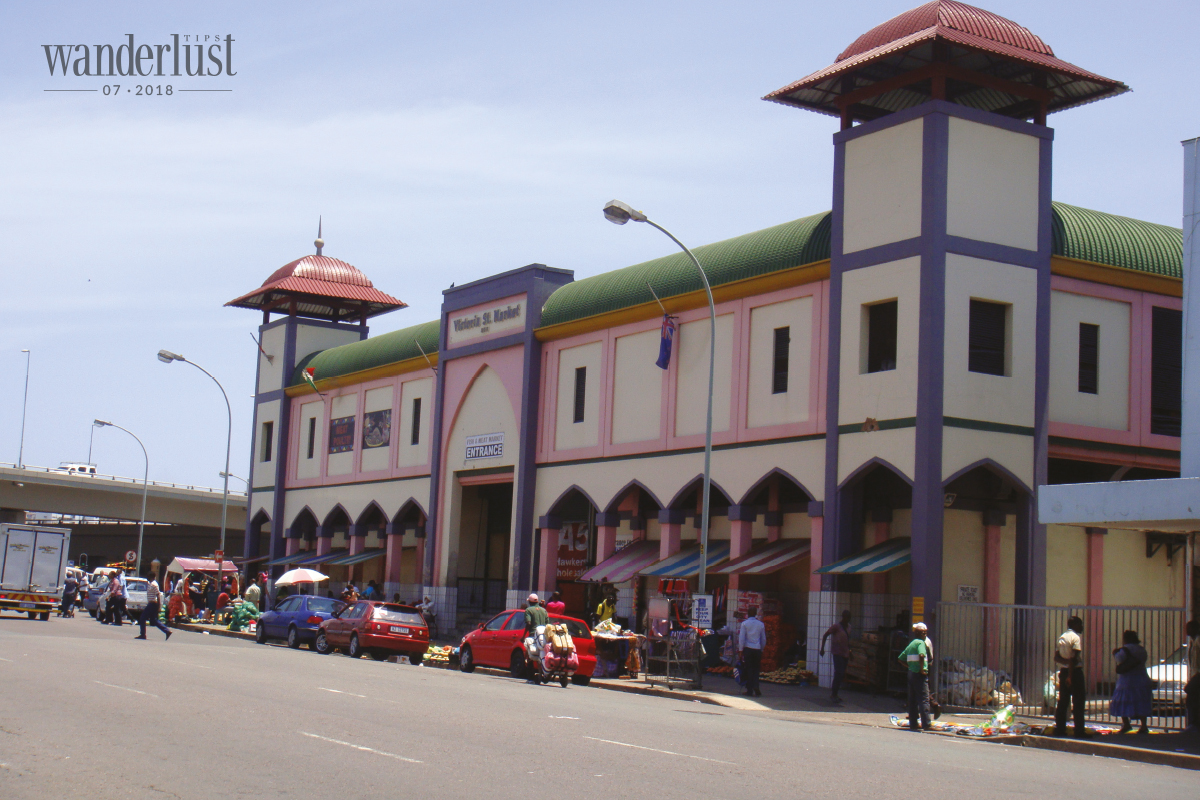
Add: 151/155 Bertha Mkhize St, Durban Central, Durban, South Arica.
Open hours: Monday – Saturday: 8am – 6pm, Sundays: 10am – 6pm
The Shongweni Farmers & Craft Market
Built in 1998 with just over 12 small stalls, Shongweni Agricultural Market now hosts over 150 stalls. More than half of them offer delectable food and outstanding fresh products such as milk, meat, cheese, vegetables, bread, and cakes. As this is a wholesale market, the prices of the goods are also cheaper than in other places in Durban, South Africa. Moreover, this market is also designed to provide maximum convenience for the disabled with wheelchairs, and has a free play area for children under 4years of age so that parents have time for shopping.
Add: Lot 457, MR551, Shongweni, South Africa
Open hours: Saturday morning: 6.30- 11.30am.
Morning Trade Market
The Morning Trade Market sells local products and artisan goods in Durban, KwaZulu-Natal, South Africa. The market provides a platform for local farmers and producers of artisan and organic products every Sunday morning from 8am to 1pm. Many people and tourists come here not only to buy fresh food but also to enjoy breakfast made from local vegetables and fresh products sold in the market.
Add: No. 15 Station Drive Road (The Plant), Durban City, KwaZulu-Natal Province.
Open hours: 8am – 1pm Sunday
Ardmore Ceramics & Design
Ardmore Ceramics & Design, founded in 1985 by Fée Halsted ceramic artist, is a well-known and reputable ceramic brand in South Africa. The ceramic products are artistic masterpieces inspired by African culture, wildlife, and folklore. There is a reason that the pieces cost a pretty penny, a lot of moving pieces come together to manifest just one piece. Because of its complex hand-drawn design process, a medium-sized piece usually takes six weeks to complete. Since 2013, besides creating the ceramic products, Ardmore Ceramics & Design has showcased and provided luxe furnishings, interior design offerings, contemporary fabrics, and dining accents. Visiting Ardmore Ceramics & Design, you will see how an artisan creates a work of art and give you an option to choose from and buy exquisite South African-style ceramics products.
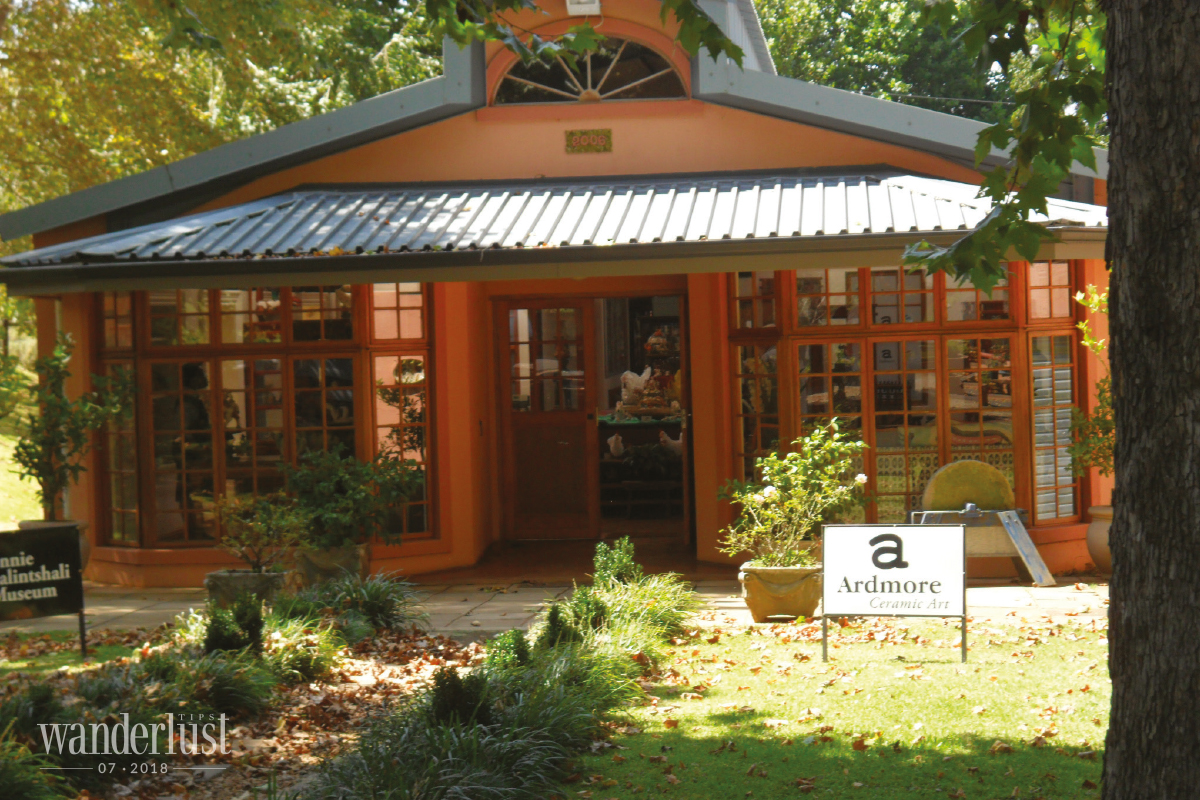
Add: Caversham, Lidgetton, KwaZulu-Natal, South Africa.
Open hours: 8am – 4.30pm Monday to Sunday, including public holidays.
EXCLUSIVES
Africa’s Travel Indaba
If you visit Durban in May, do not miss the INDABA Expo that takes place annually. It is considered one of the largest exhibitions in the African tourism industry and a top “mustvisit” exhibition in the world. The exhibition will be held at Inkosi Albert Luthuli (Durban ICC) and Durban Exhibition Center (DEC) in KwaZulu-Natal. The exhibition brings together many companies operating in the field of tourism such as tour agencies, airlines, hospitality, and other related fields. Every year, the exhibition welcomes thousands of visitors from countries all over the world to learn and experience Africa’s spirit, and traditional culture in exhibition booths of African countries. Visitors will have access to the most impressive products from “hidden gems” in South Africa to luxury experiences across Africa. This is a rare opportunity for you to get information about travel and services, which could be very useful for your journey in Africa.
Add: Albert Luthuli (Durban ICC): 45Bram Fischer Rd, Durban, South Africa
Durban Exhibition Center (DEC): 11Walnut Rd, Durban Central, Durban, South Africa
Tel: +27 31 360 1000
Website: www.indaba-southafrica.co.za
Moses Mabhida Stadium
Visiting Moses Mabhida is a must-try activity when exploring Durban. The stadium with a capacity of 70,000 was built for three years from 2006 to 2009 with a budget of USD450 million. The stadium is named after Moses Mabhida, the former General Secretary of the South African Communist Party.
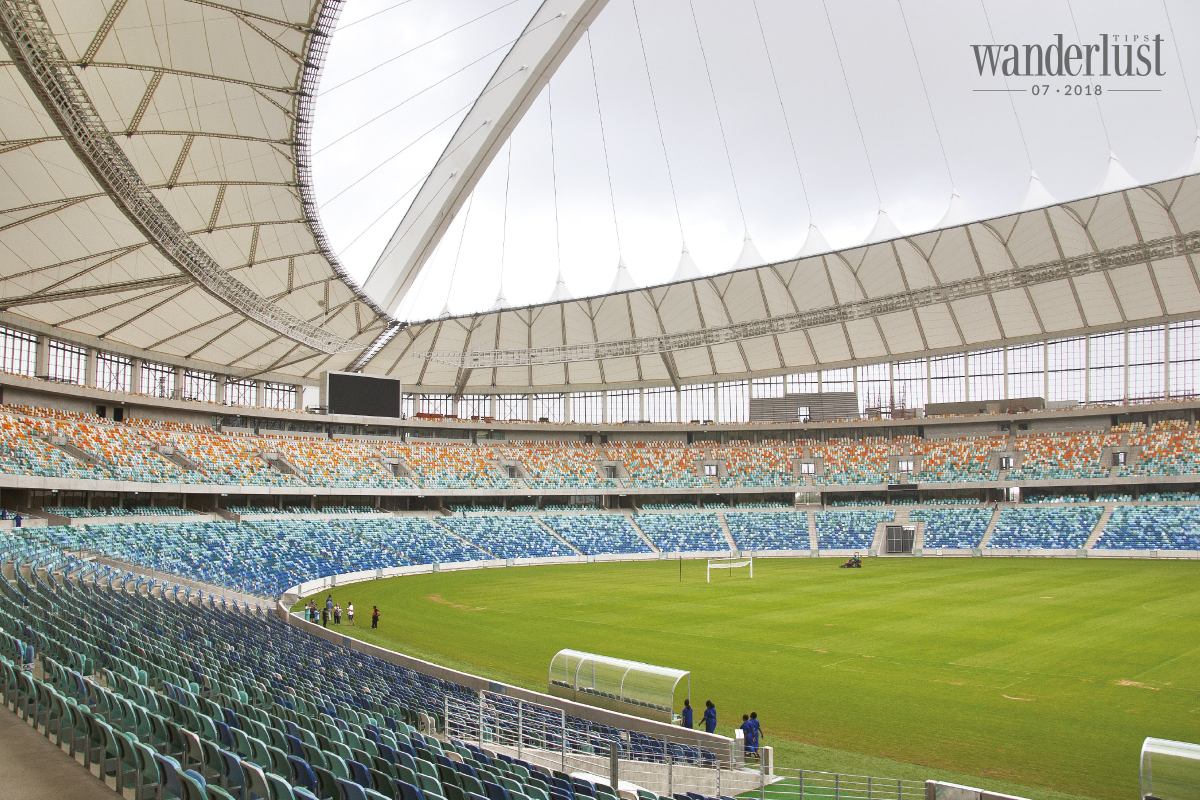
It was one of the host stadiums for the 2010FIFA World Cup. Moses Mabhida hosts not only football matches but also many other events. You can visit the football museum and the indoor sports centre in this stadium. Inspired by the South African Flag, the arch is designed to bend along the length of the stadium symbolizing the love for football, and its two legs on the southern side of the stadium join together on the northern side, representing a once-divided nation now unified. You should try the Skycar, a cabin on the rails that brings you from the north to the south of the arch, and take you to a 106m-high vantage point to admire the whole stadium, city, and a beautiful beach. Besides the Skycar, you can try the segway travelling in and out of the stadium.
After 15 minutes guided by an instructor, visitors can easily and flexibly drive the 2-wheeled segway. If you are adventurous, try the Big Rush Big Swing, an adventure and unique activity: jumping from the arch. You will climb to a certain height where there is a jump point with instructors and a lot of safety equipment. Most people experience feelings of fear, adrenalin and excitement when jumping down and swinging from a height of 220metres to the centre of the stadium.
Moses Mabhida Stadium is open from 9am to 4pm Monday to Sunday.ZAR50per adult, ZAR40per elderly, and ZAR25 per children from 6-12 years of age, free of charge for children under 6. Price for a Segway ride (not for children under 10years old): there are many tours offering a variety of time frames and routes (to uShake or Blue Lagoon) with prices ranging from ZAR250-510 per person.
Mạnh Hùng | Wanderlust Tips
